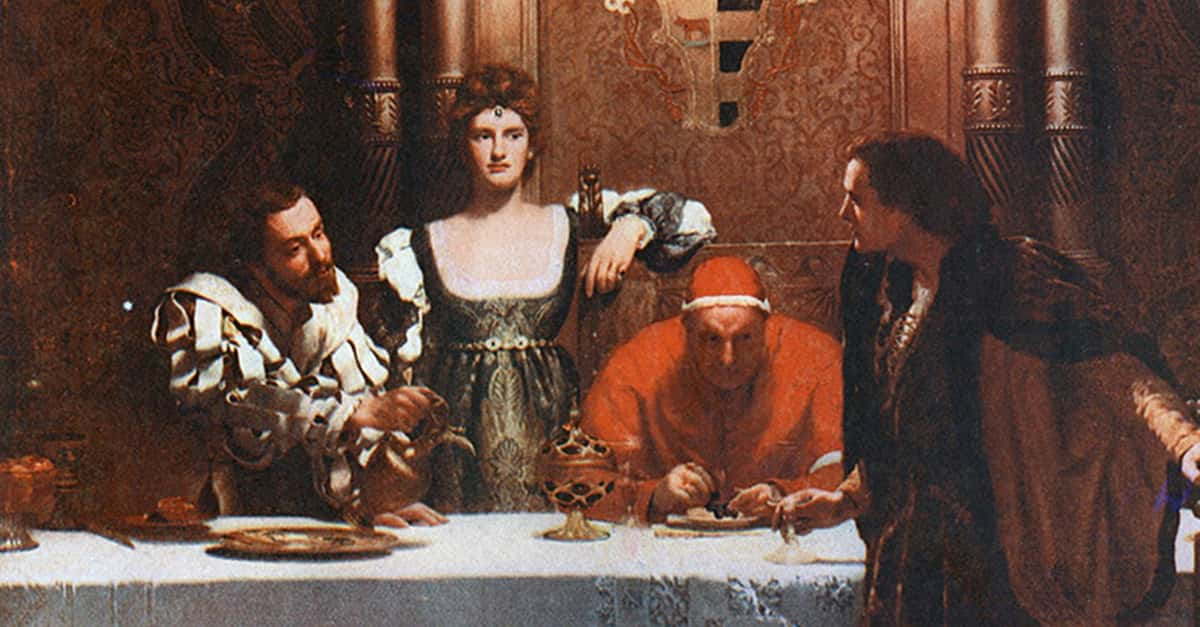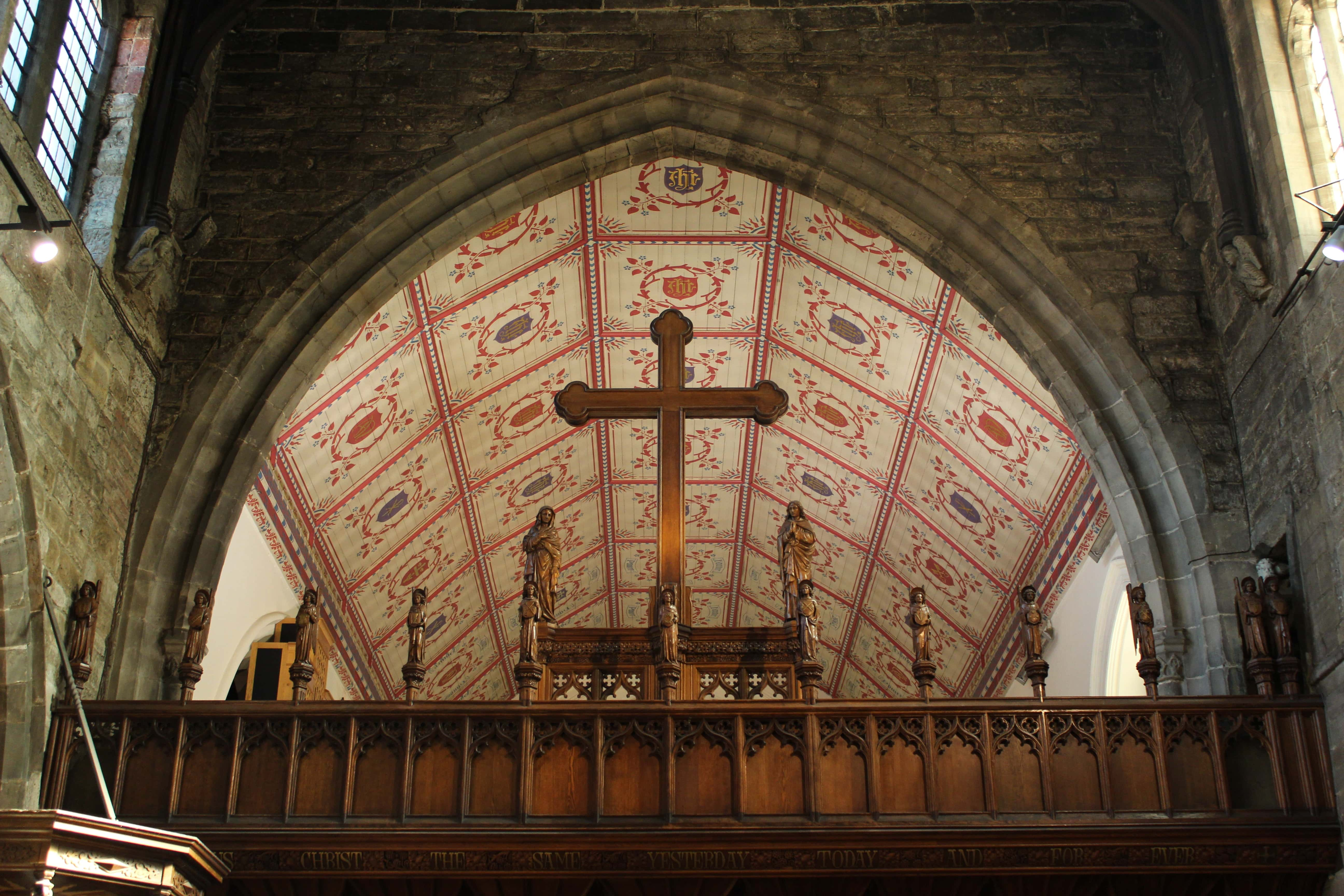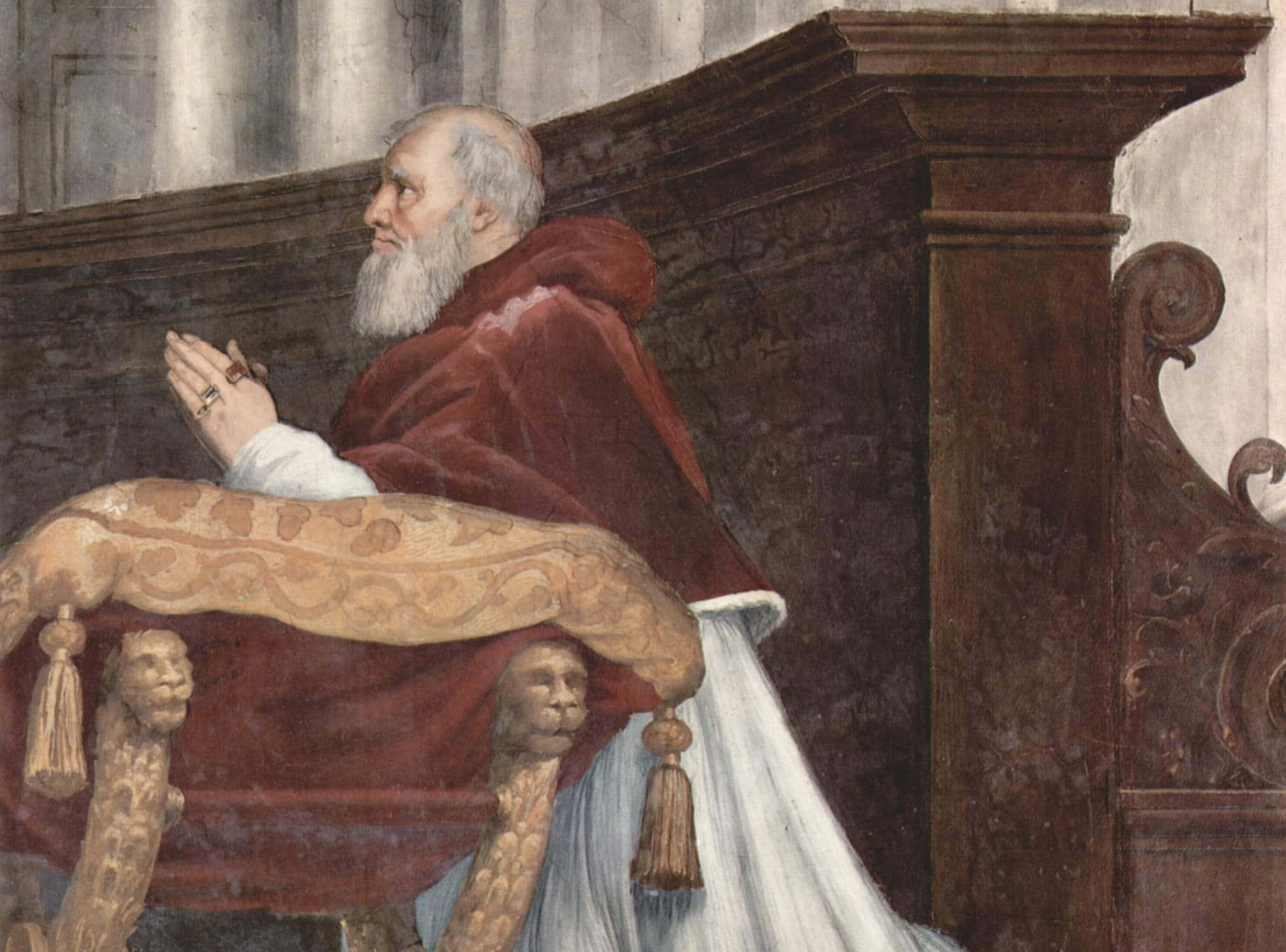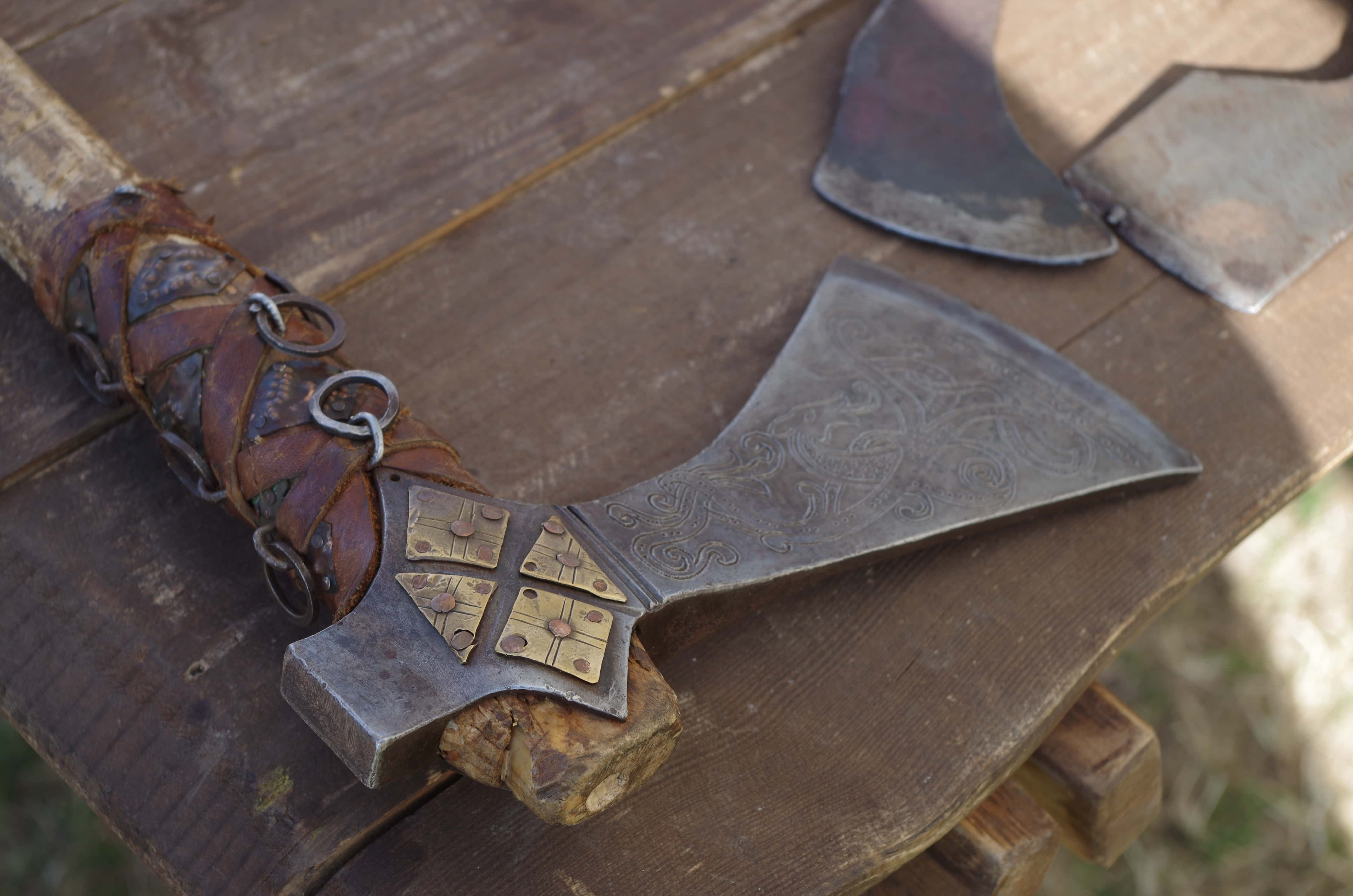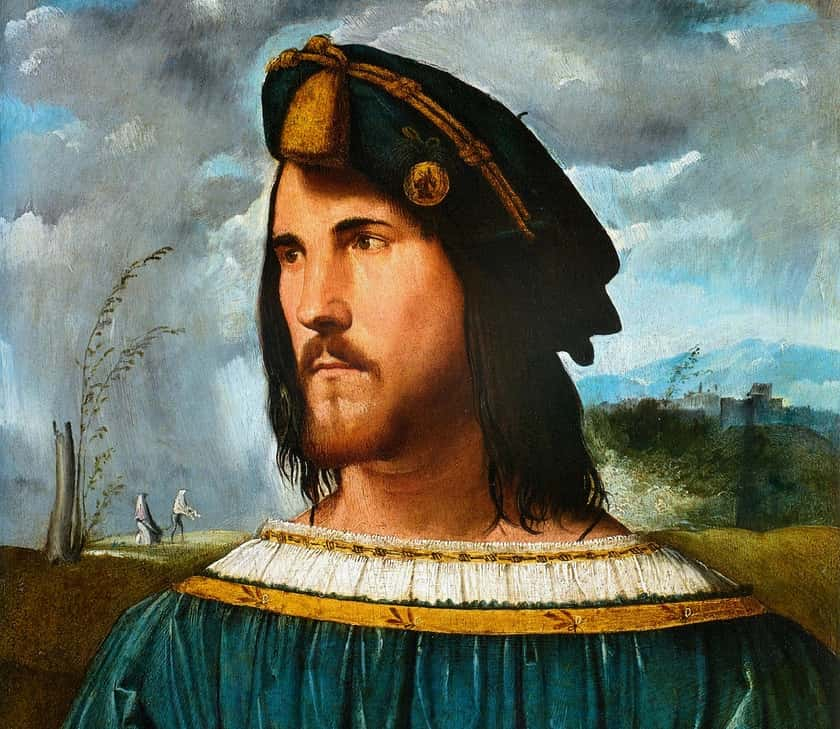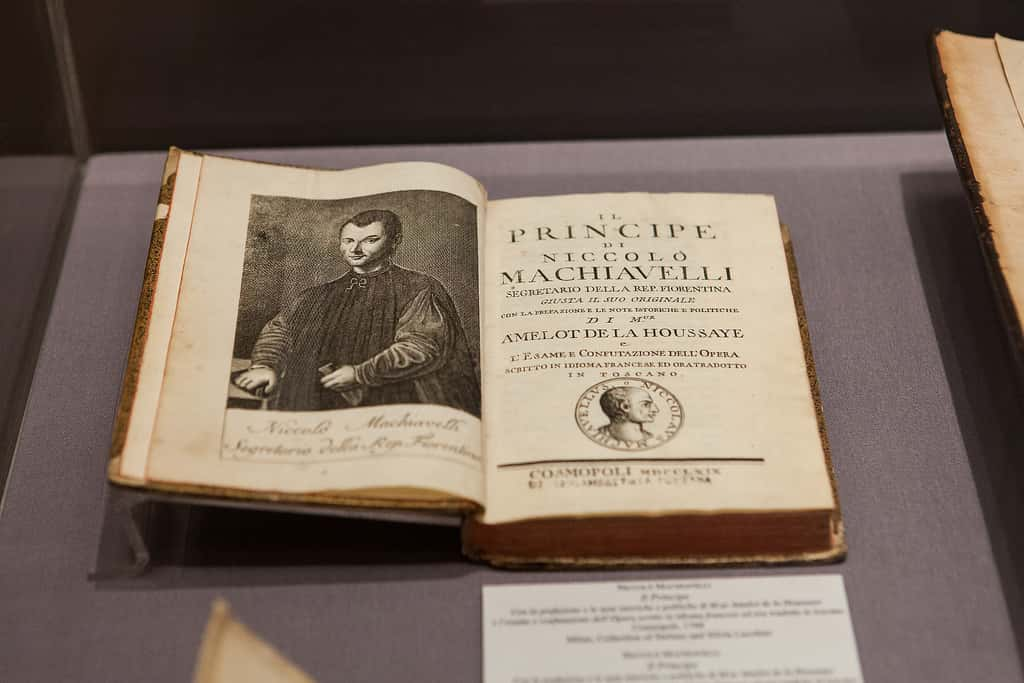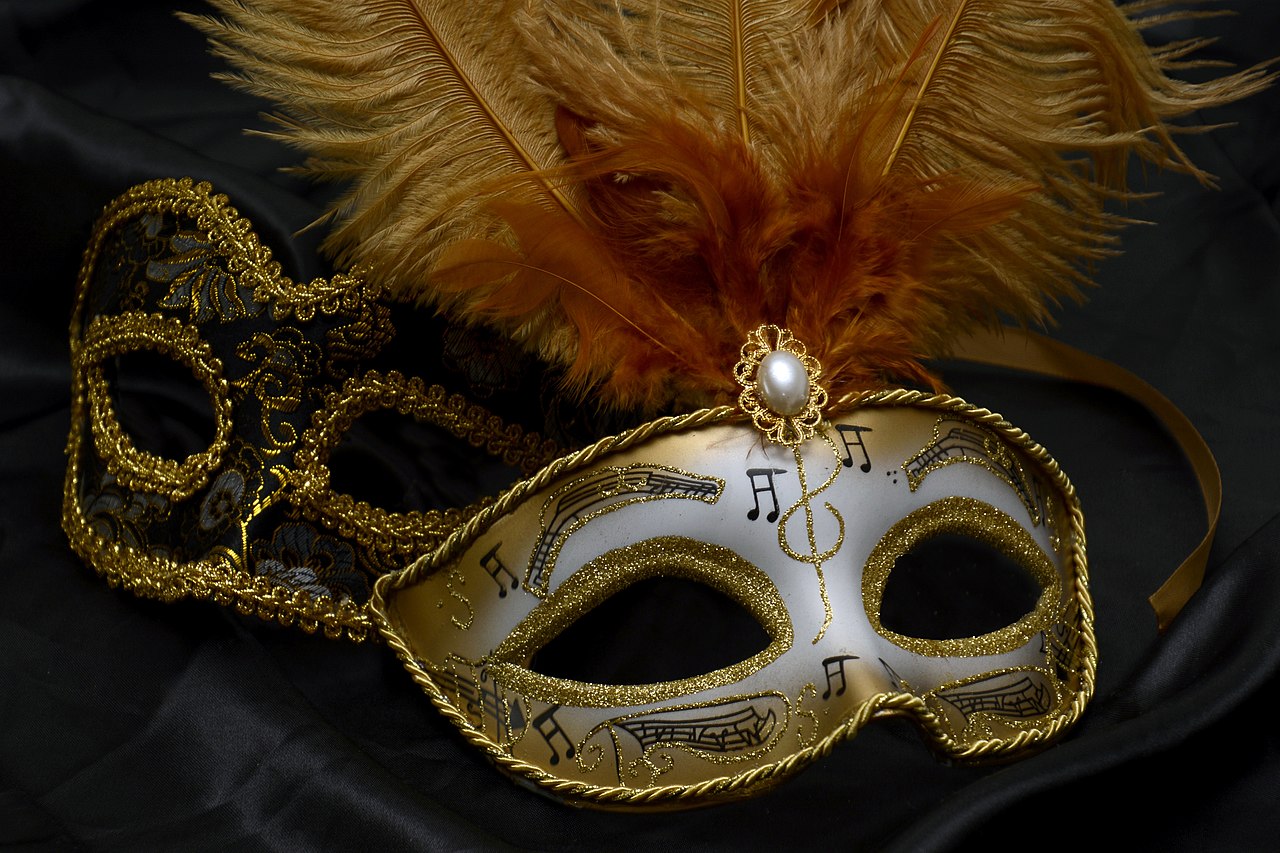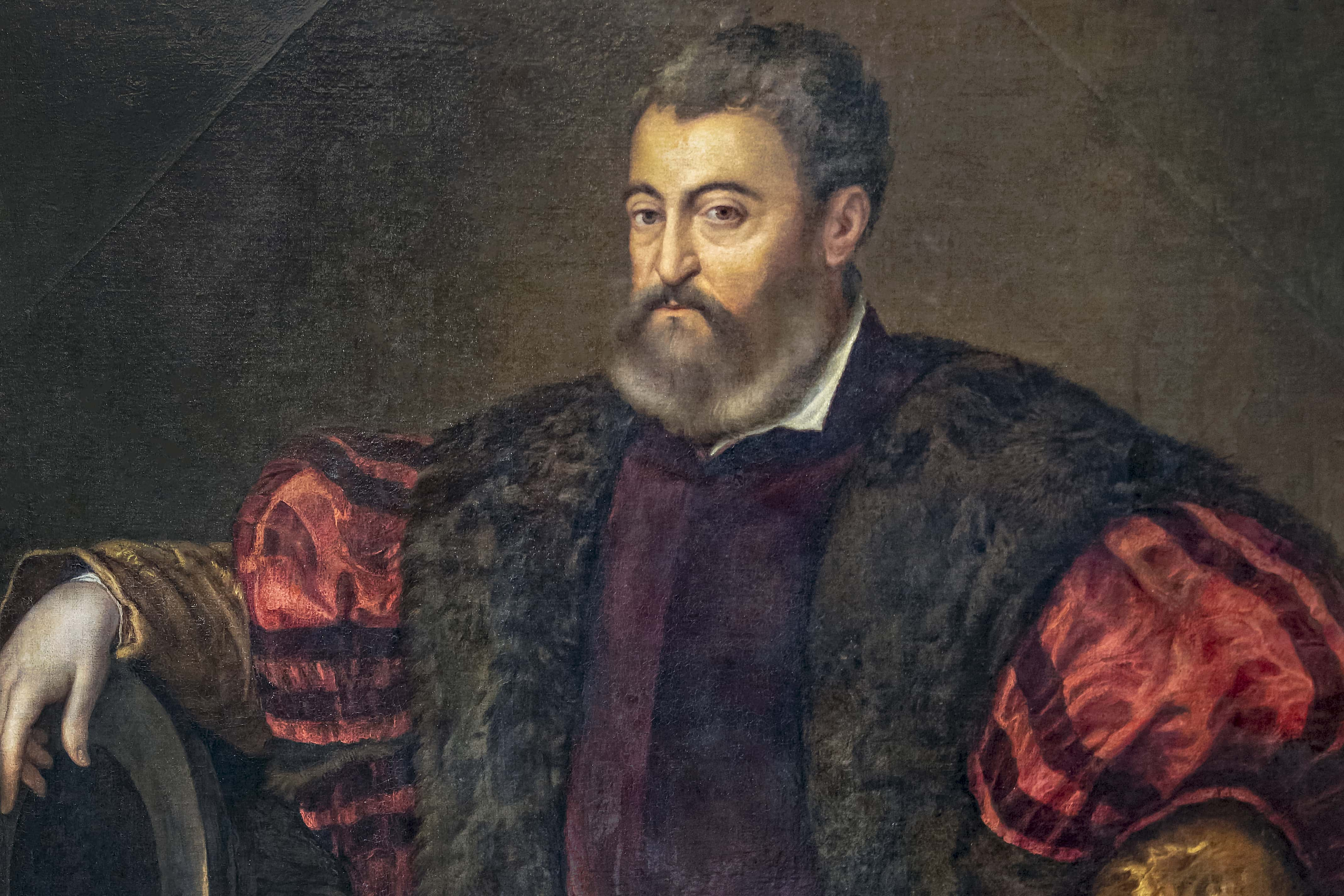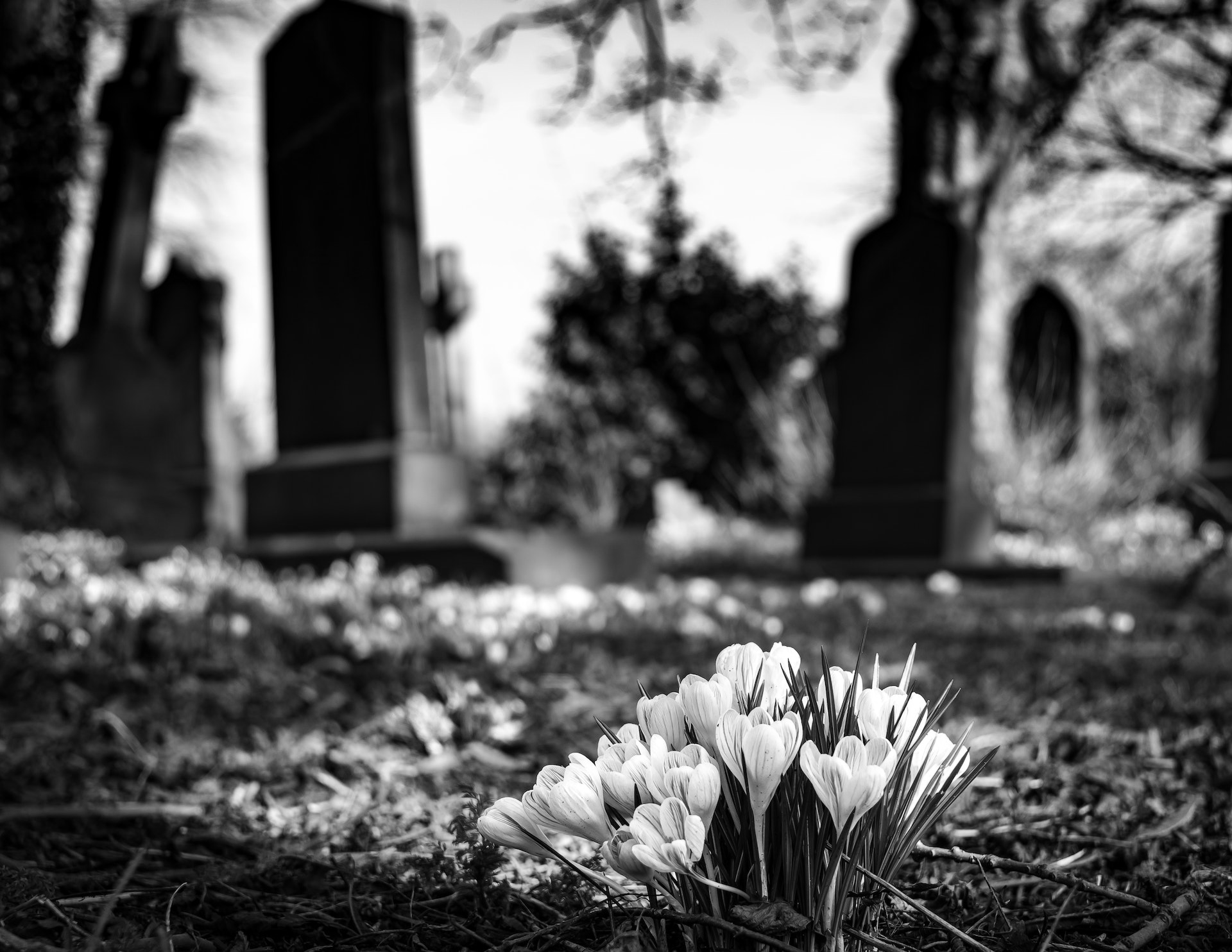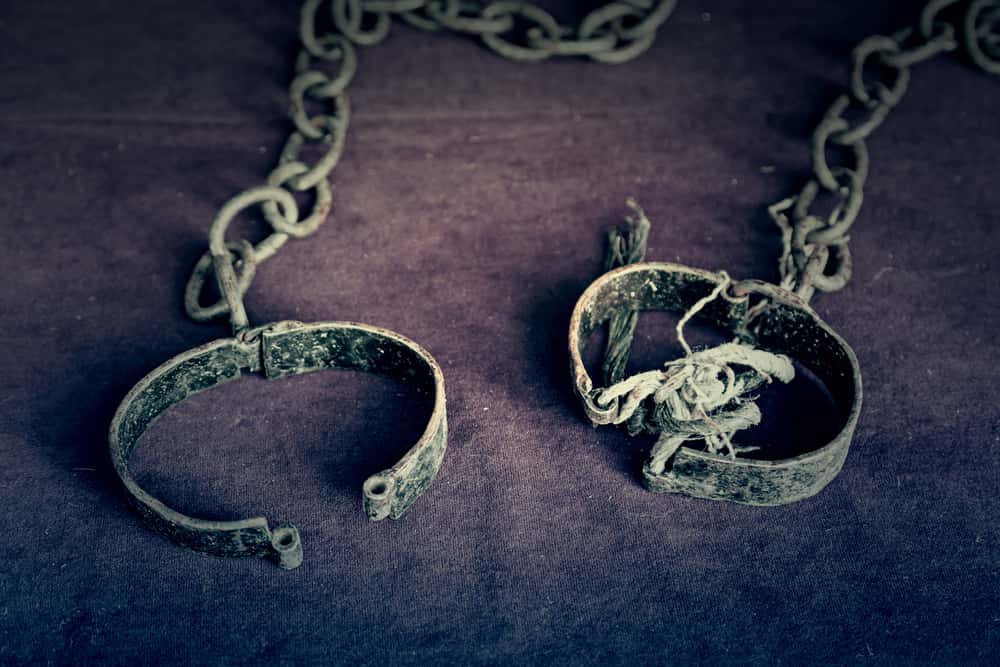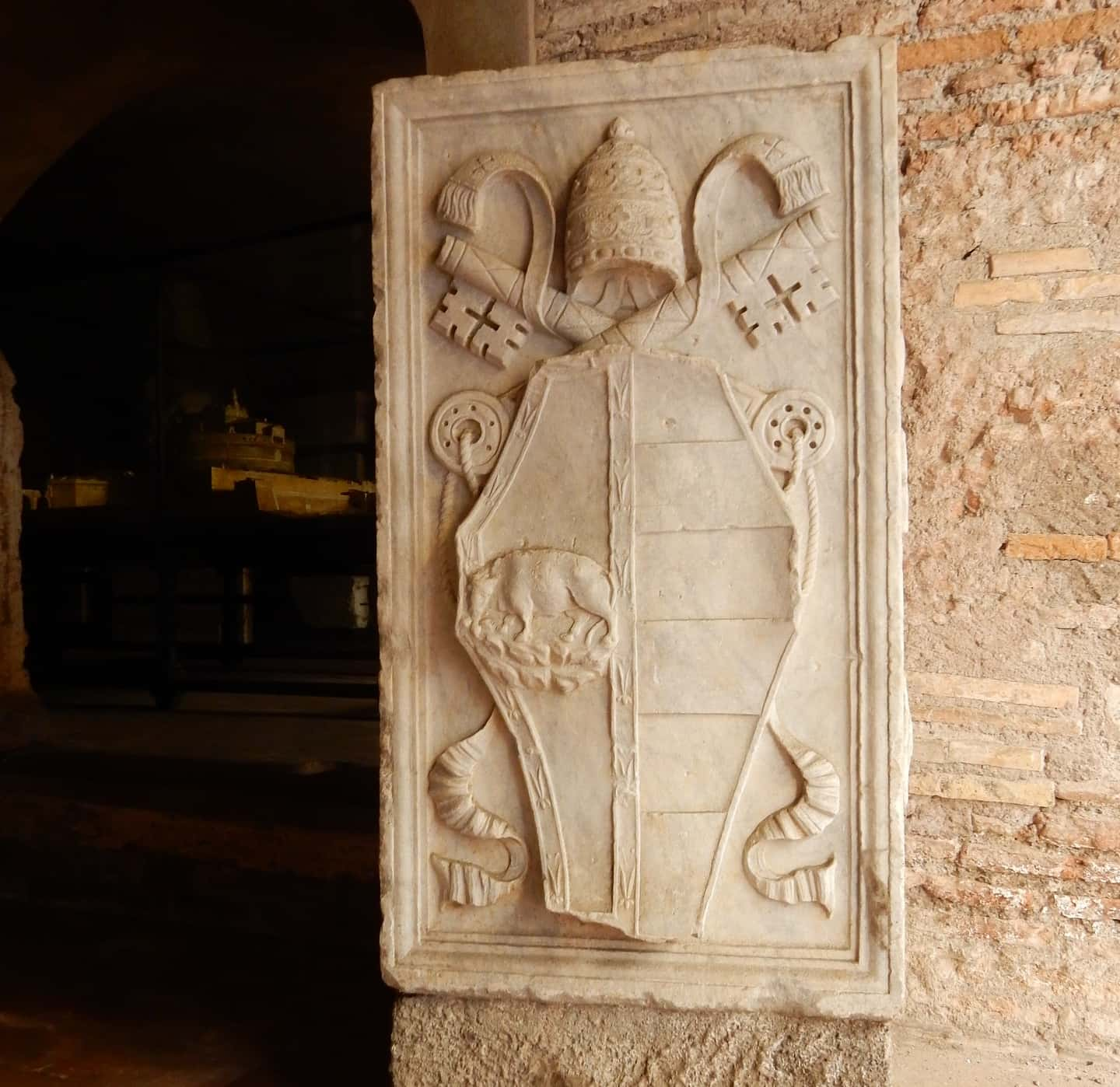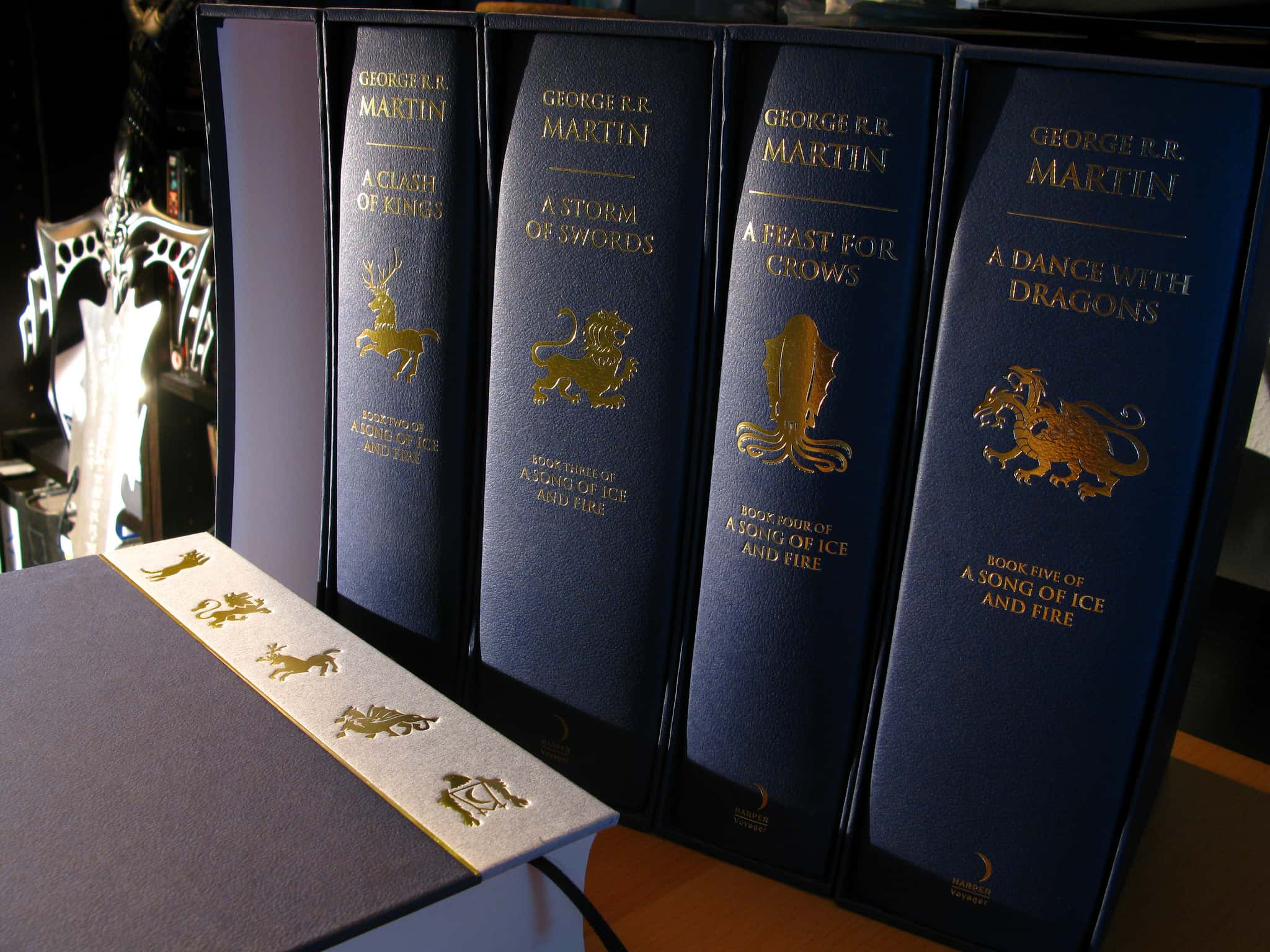The name Borgia is synonymous in history with treachery, hedonism, and scandal. Along with the equally infamous Medicis, they were one of the most powerful families in Renaissance Italy. From lusty popes to poison plots, the members of House Borgia made Game of Thrones look like child's play.
Watch your back to these cunning facts about the Borgias.
The Borgias Facts
1. A Man of God
The conniving Borgias we think of today are the tight-knit brood of Rodrigo Borgia and his chief mistress, the beautiful Vannozza dei Cattanei. Also, while having a "chief mistress" at all might be scandalous enough, it got more risque. Rodrigo was actually the Pope—Pope Alexander VI to be exact—and he was supposed to be devoting his life to God, not bedroom romps.
2. We Take Care of Our Own
It's worth noting that at this time in Italy, religious leaders were the most powerful people. They had the ability to bestow riches, grant incredible wishes, and brutally ruin people's lives whenever they wanted. For a time, the Borgias had an iron grip on this power, and not just with Rodrigo AKA Pope Alexander VI. After all, his own uncle had been Pope before him.
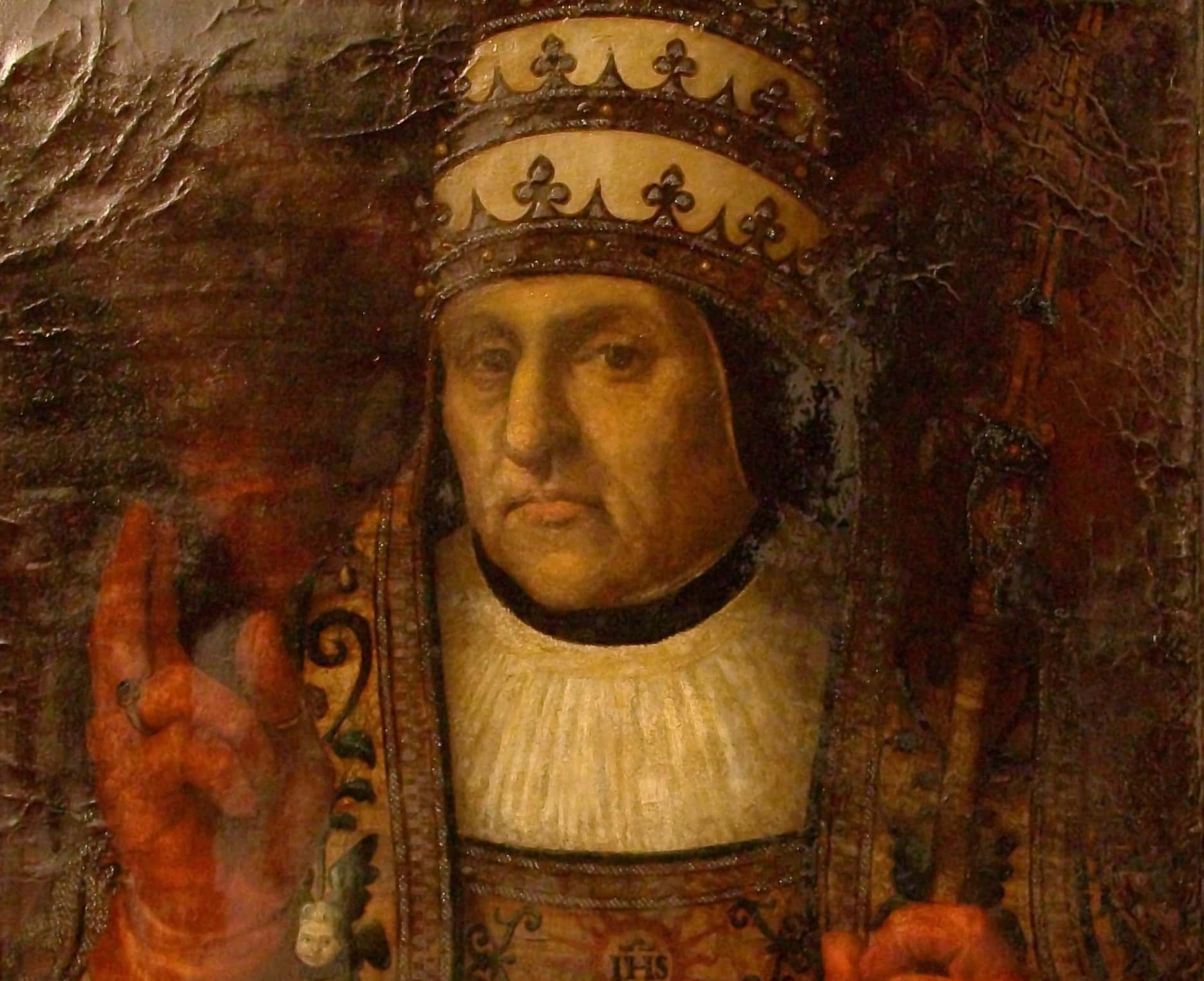 Juan de Juanes, Wikimedia Commons
Juan de Juanes, Wikimedia Commons
3. I'm Not a Regular Pope, I'm a Cool Pope
Rodrigo Borgia wasn't your mother's Pope, to say the least. He loved spending the Catholic Church's money on all manner of trinkets, luxuries, and spectacles, and Vannozza dei Cattanei was far from his only mistress. Following his predecessors, Rodrigo also had no problem handing out high-ranking offices to his friends and family.
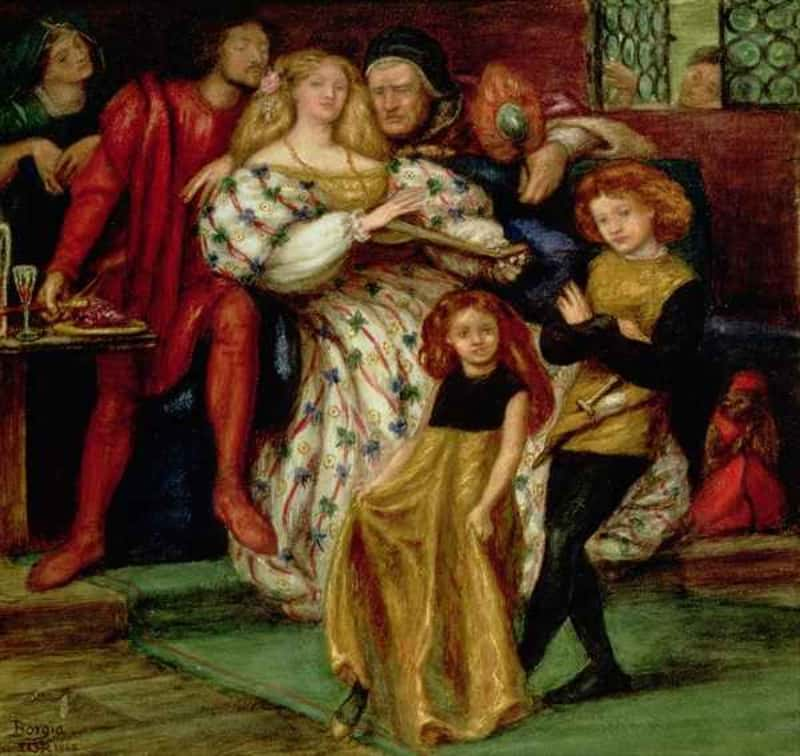 Dante Gabriel Rossetti, Wikimedia Commons
Dante Gabriel Rossetti, Wikimedia Commons
4. The Borgia Brood
With his lusty, illicit lady Vannozza, Rodrigo had four children: Giovanni, Cesare, Lucrezia, and Gioffre. Of course, since his name was "Rodrigo Borgia," he also had numerous children with countless other mistresses. It was these four Borgias, though—particularly Cesare and Lucrezia—who would soon go down in infamy.
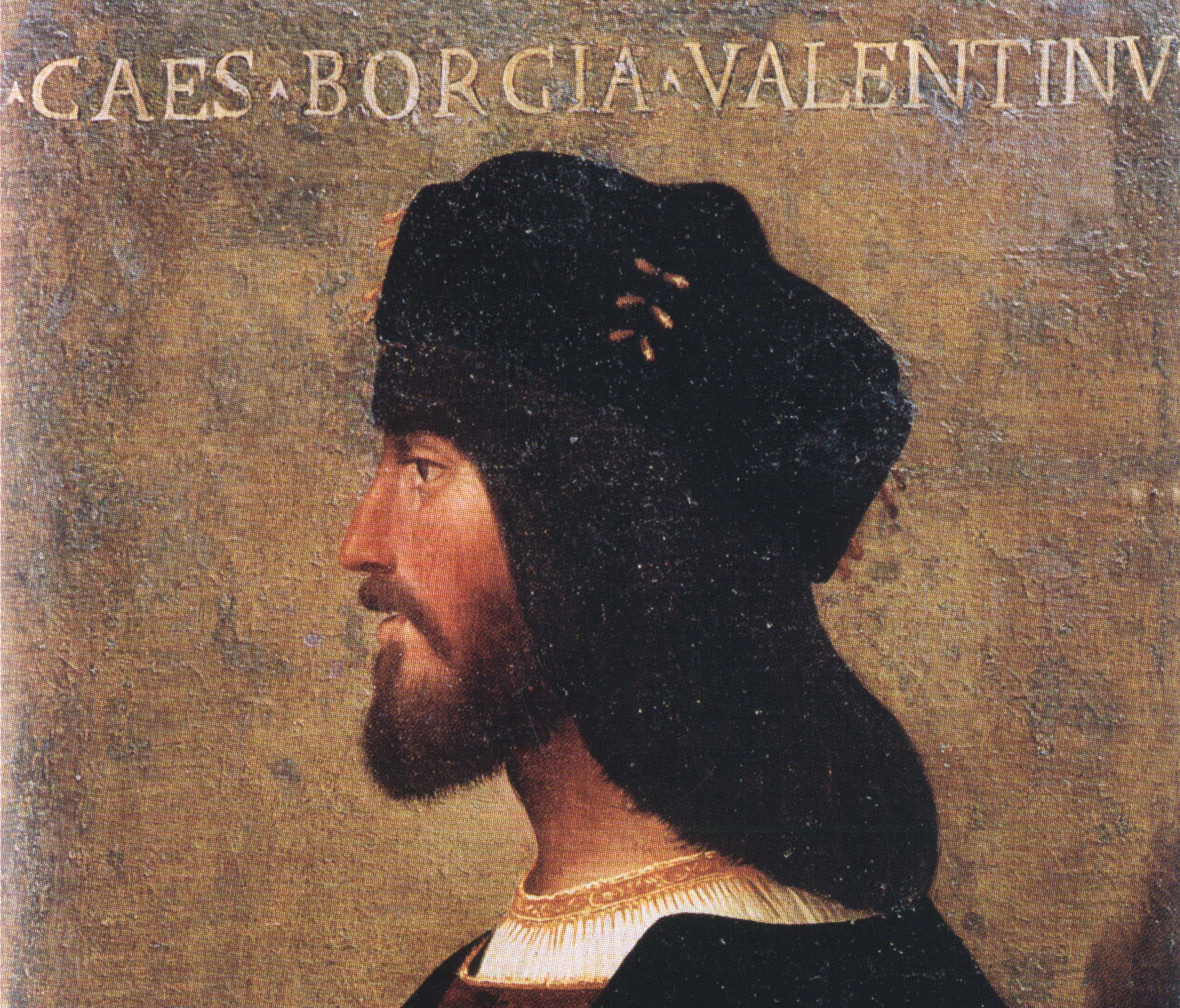 After Bartolomeo Veneto, Wikimedia Commons
After Bartolomeo Veneto, Wikimedia Commons
5. Lean in, Girl
Vannozza gave it as good as she got, and Rodrigo wasn't the only one running around Rome after hours. It was widely accepted that Vannozza also had a fling with Cardinal Giuliano della Rovere, who would himself become Pope Julius II. Vannozza knew power when she saw it, and she didn't mind taking some for herself. Besides, she needed to be canny.
6. Are You My Daddy?
While Rodrigo was campaigning to become the new pope, he (perhaps understandably) refused to acknowledge Vanozza’s children as his own. Instead, he claimed he was their uncle, and distanced himself from the family. Despite this denial, however, Rodrigo doted on his children, bestowing gifts on them and treating them like his own.
After he was elected Pope, Rodrigo acknowledged his children, and was the first pope to ever do so in history. Naturally, this was highly controversial and only added to the infamy of the Borgias.
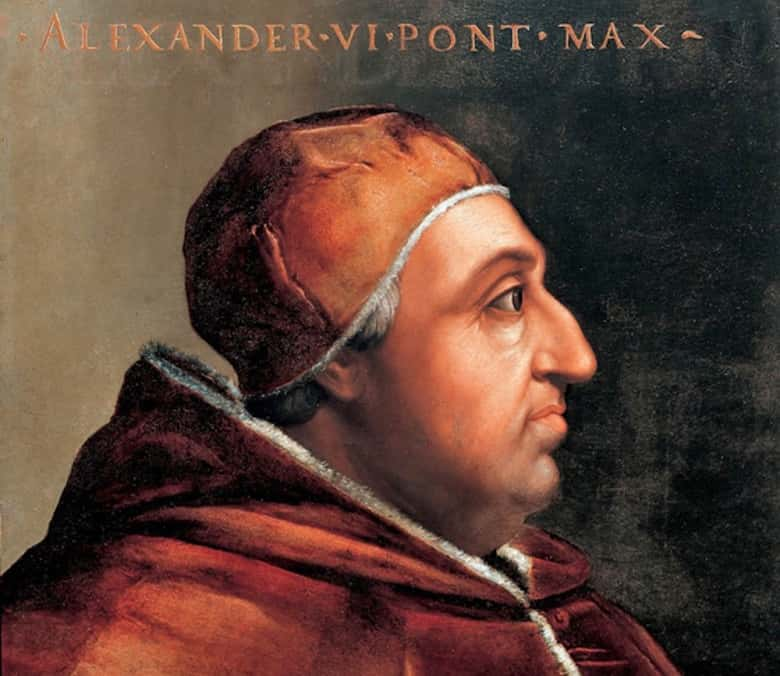 Cristofano dell'Altissimo, Wikimedia Commons
Cristofano dell'Altissimo, Wikimedia Commons
7. The Young Pope
From a young age, Cesare Borgia was groomed to follow in his father's footsteps as a religious leader. Incredibly, Cesare was only 15 years old when he became the Bishop of Pamplona. Two years later, he was made the archbishop of Valencia.
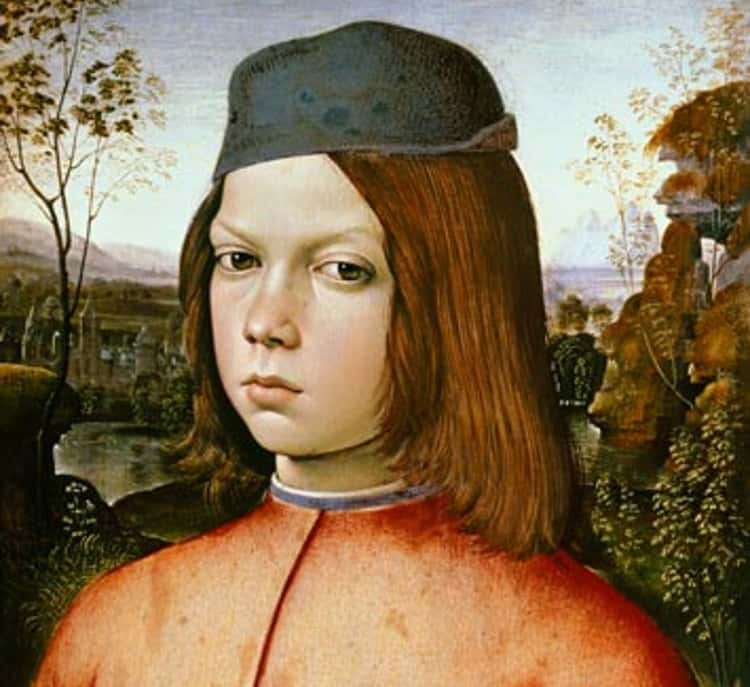 Pinturicchio, Wikimedia Commons
Pinturicchio, Wikimedia Commons
8. You Look Familiar
For what it's worth, Cesare was a very handsome man. There are even claims that European depictions of Jesus Christ are based off of his face. But these good looks hid all manner of ills.
 Peter Carl Geissler, Wikimedia Commons
Peter Carl Geissler, Wikimedia Commons
9. Axe to Grind
Cesare was also said to be the most barbaric member of the utterly ruthless Borgia clan. Just a small example of his bloody hobbies? In the year 1499 alone, Cesare ordered the executions of a Spanish constable, a soldier-captain, and a bishop, among others.

History's most fascinating stories and darkest secrets, delivered to your inbox daily.
10. Married for Money
On May 10, 1499, a 23-year-old Cesare married Charlotte of Albret. While she may have been beautiful, Charlotte had an even better asset. She was the sister of King John III of Navarre. Sadly, it was a loveless marriage; the Borgia family just wanted to secure powerful connections so they could keep their hold on Italy.
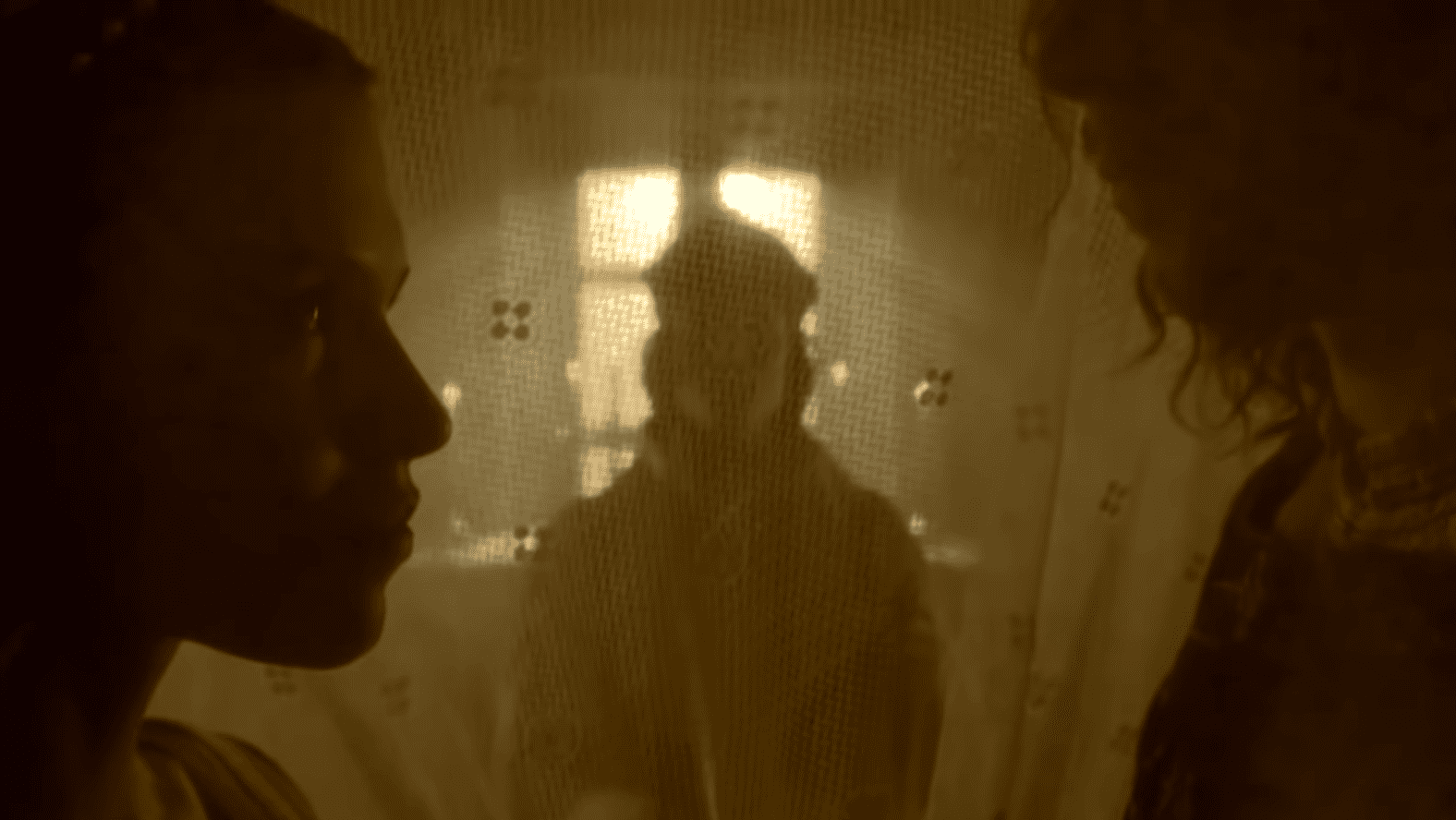 Showtime, The Borgias (2011-2013)
Showtime, The Borgias (2011-2013)
11. Out of Wedlock
A decadent, impulsive man, Cesare was known to have had at least 11 illegitimate children outside of his dull marriage to Charlotte. In contrast, he and Charlotte only had a single daughter together, Louisa. Like father, like son?
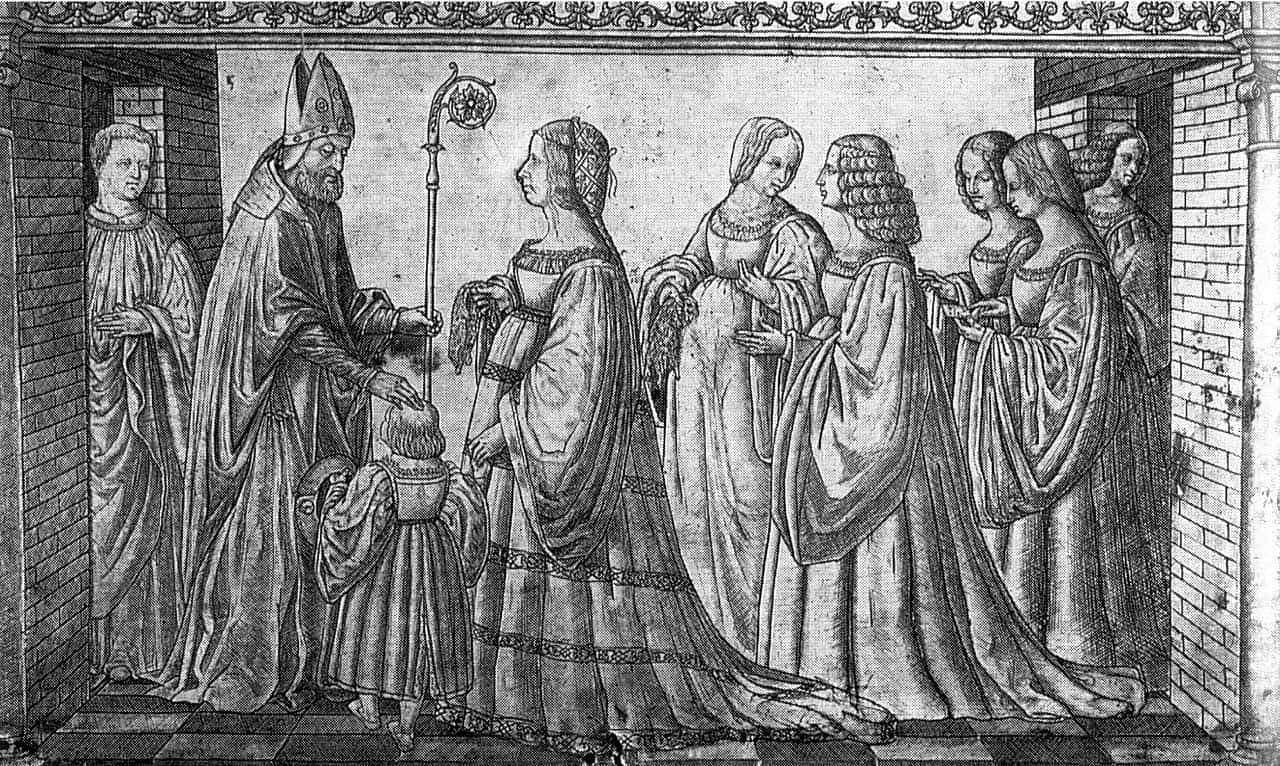 Giannantonio, Wikimedia Commons
Giannantonio, Wikimedia Commons
12. Turn of the Tide
In the summer of 1503, both Cesare and his father Rodrigo were struck down by a terrifying and mysterious wasting illness. The two powerful Borgia men were both bedridden and feverish, though the exact cause of their ailment has never been confirmed. While Cesare survived, however, his father tragically did not.
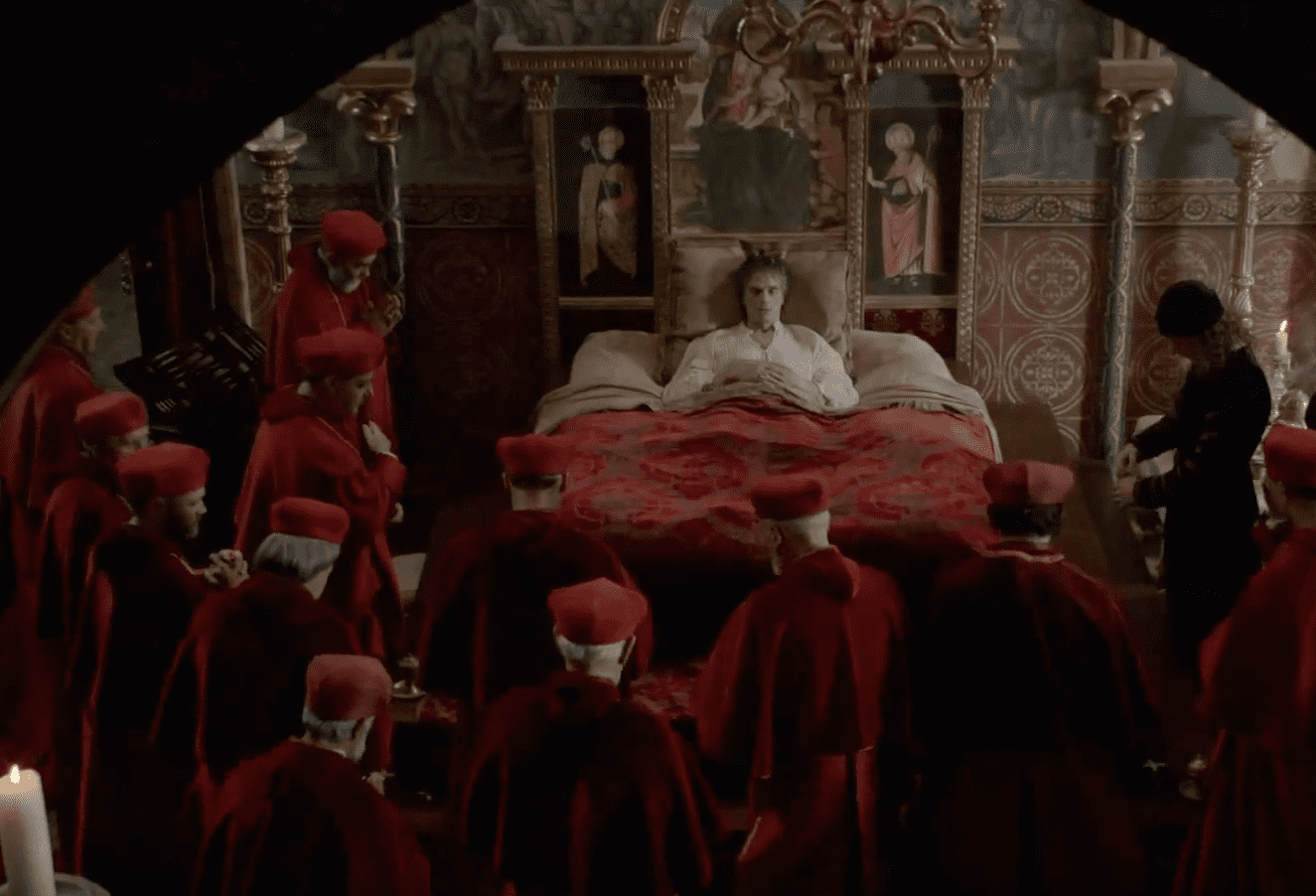 Showtime, The Borgias (2011-2013)
Showtime, The Borgias (2011-2013)
13. Make War, Not Love
Though he was originally groomed for a life of God and even rose to the rank of Cardinal, Cesare eventually decided that a pious existence wasn't for him. Instead, he wanted to make war. In 1498, Cesare became the first man in history to resign his position as a cardinal, and became more involved in the military.
14. A Prince Among Men
If some of this is sounding familiar, that might be because Niccolo Machiavelli's notorious work The Prince is reportedly about Cesare Borgia; Machiavelli stayed with the Borgias for a time. The book discusses how best to manipulate your enemies and gain more power.
Though some see it as applauding Cesare's machinations, most interpret it as a sarcastic and scathing criticism of a darkly corrupted man.
15. Saving Face
It was said that for a time near the end of his life, Borgia covered half his face with a mask made out of leather. It’s unknown why he did this, but a likely explanation is that syphilis scarred his once-beautiful face. It seemed as though all his years of wild, late-night carousing had finally caught up with him.
16. An Undignified Death
In the end, the great Cesare Borgia died a brutal and undignified death. As his life wore on, he was eventually pushed out of power and increasingly despised. In 1507, he was fighting in a military campaign when a group of knights tried to escape the castle during a storm, only to be chased by a furious Cesare. This was fatal mistake.
Cesare's temper got the better of him, and he ran far from the safety of his own army, leaving him vulnerable. The knights he was chasing realized this and quickly turned on him, stabbing him to death and stripping him of his opulent jewelry and fine clothing. Once a highly feared and hated leader, Cesare was left a cold, naked corpse in the middle of a violent storm.
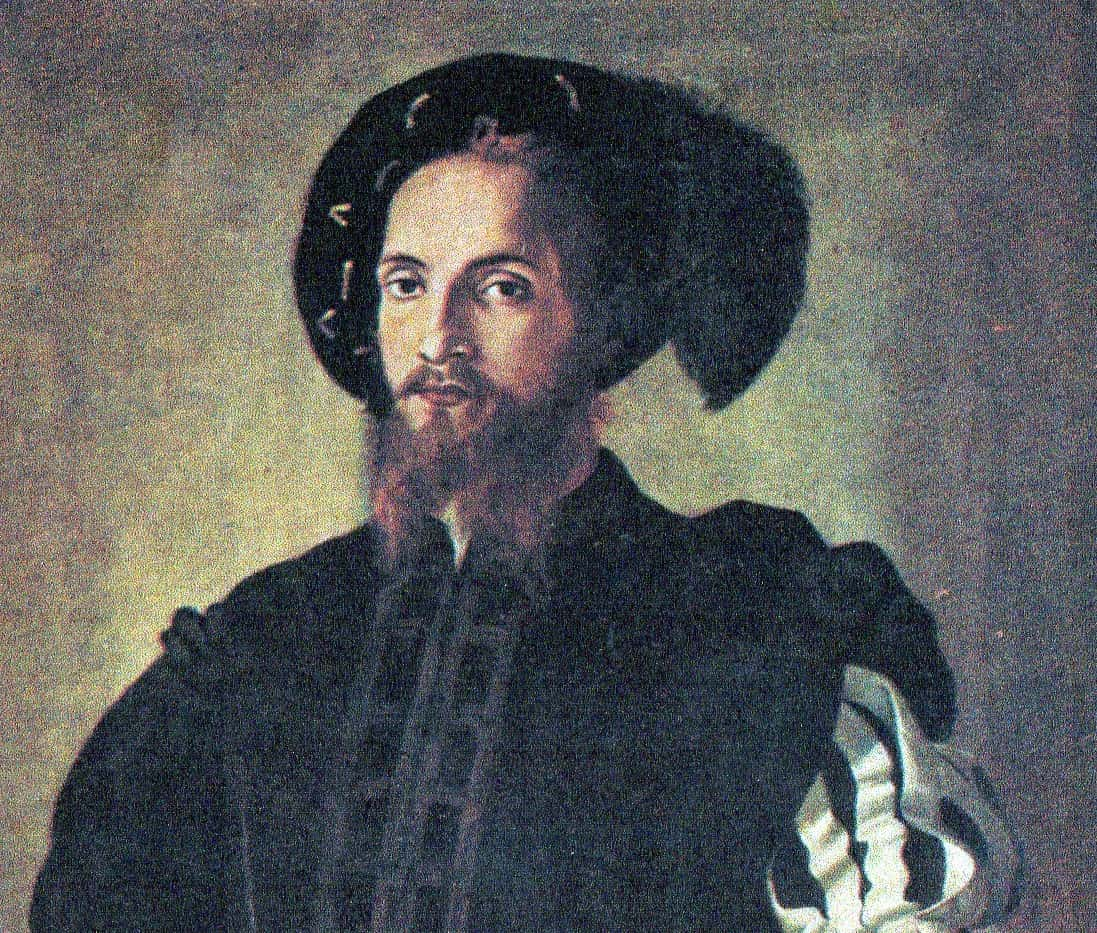 Sebastiano del Piombo, Wikimedia Commons
Sebastiano del Piombo, Wikimedia Commons
17. Gender Equality
Lucrezia Borgia, the middle child and the only girl of the four Borgia siblings, didn't let her brothers have all the fun. In fact, Lucrezia was just as lustful and murderous as the rest of the Borgias.
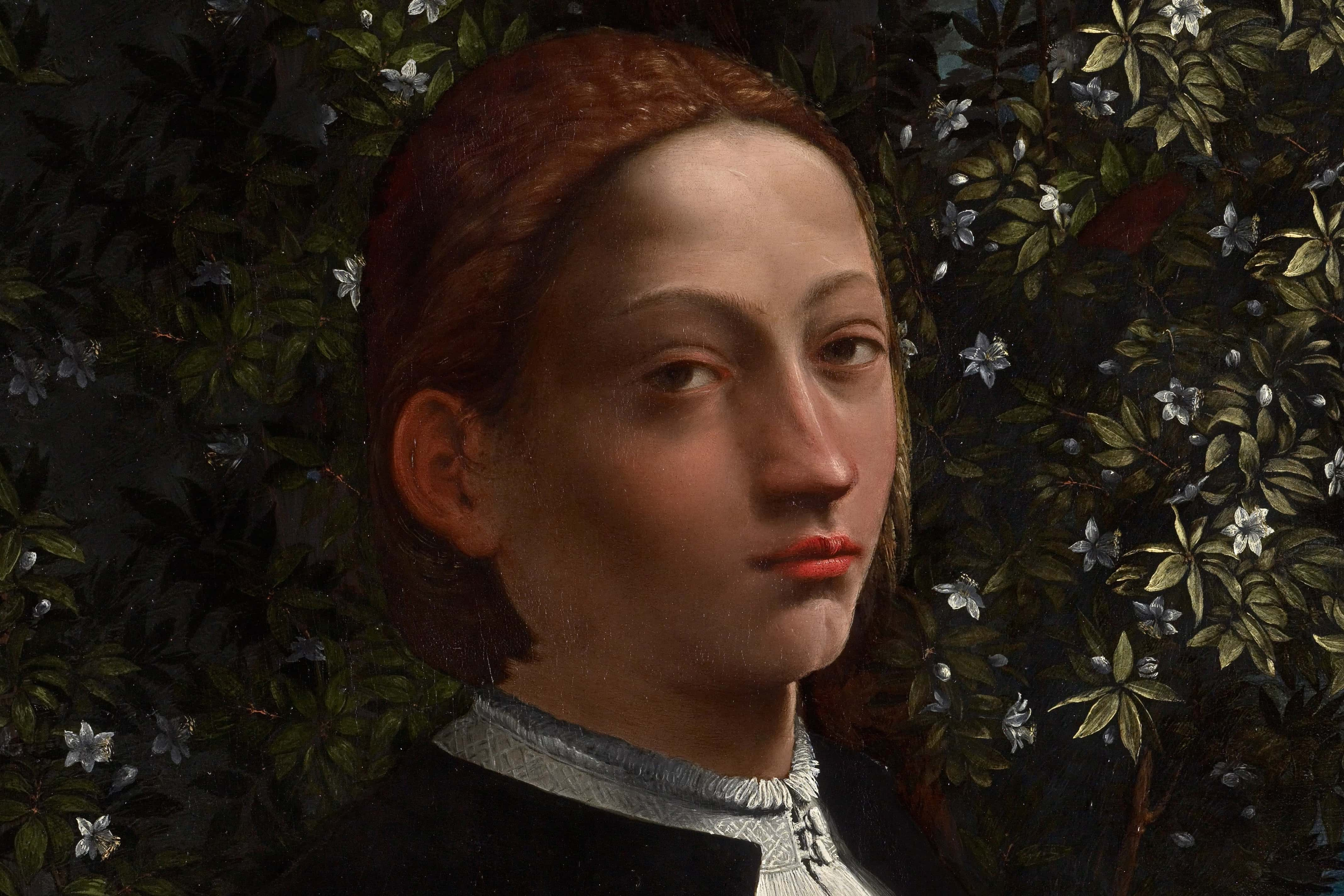 Dosso Dossi, Wikimedia Commons
Dosso Dossi, Wikimedia Commons
18. A Florence 10
Lucrezia was a renowned beauty. Observers described her long, thick blonde hair down to her knees, her smooth skin, and her hazel eyes. She was also said to be, well, very well-endowed in the cleavage department, and she apparently carried herself with a natural elegance that made her look like she could "walk on air."
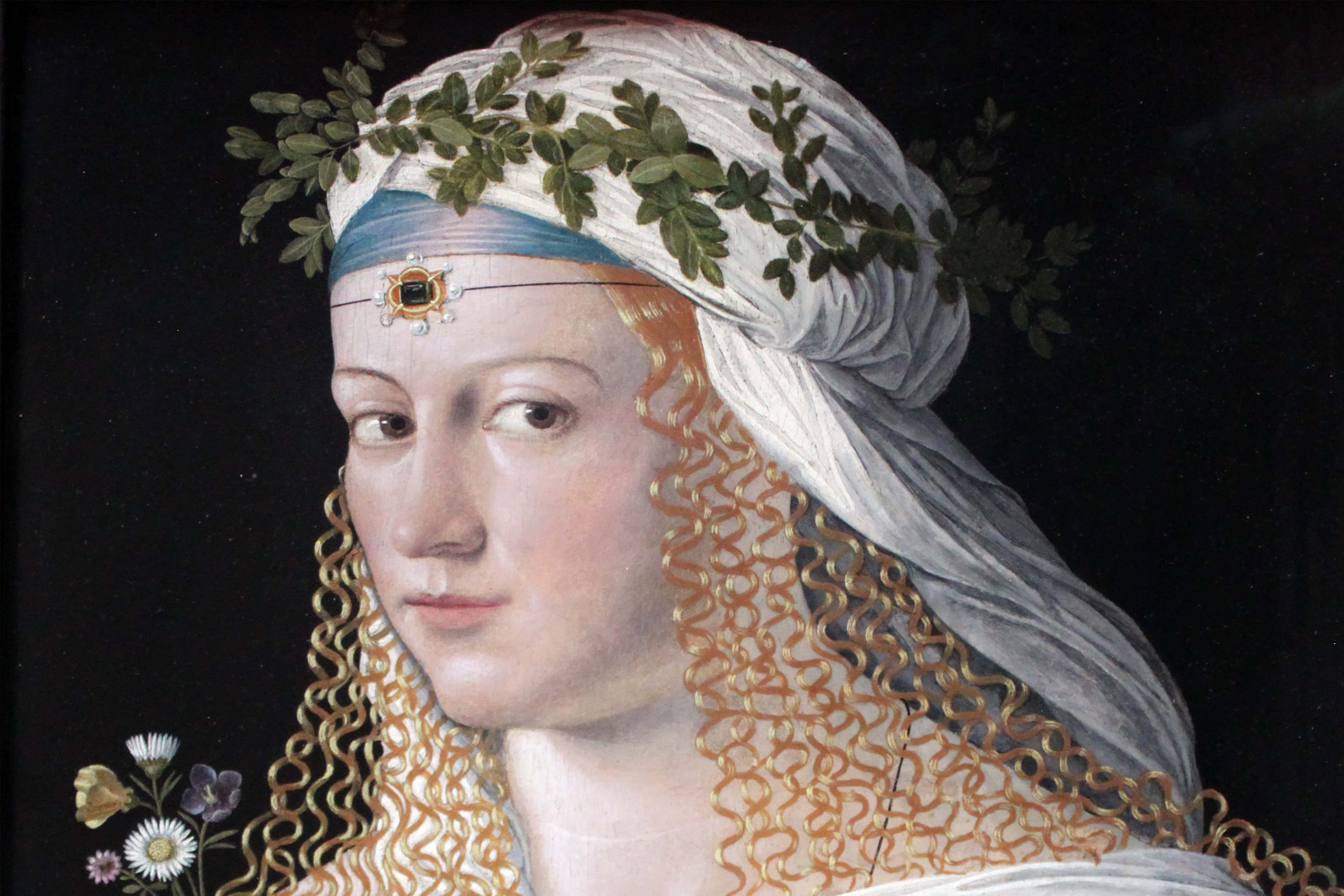 Bartolomeo Veneto, Wikimedia Commons
Bartolomeo Veneto, Wikimedia Commons
19. The Go-Between
Smart, well-educated, and breathtakingly beautiful, even as a girl Lucrezia was often used as a family bargaining chip. Her father and brothers sought out the most advantageous matches for her—that is, the political alliances that would most benefit their own ploys for power. Unsurprisingly, then, she was married three times throughout her life.
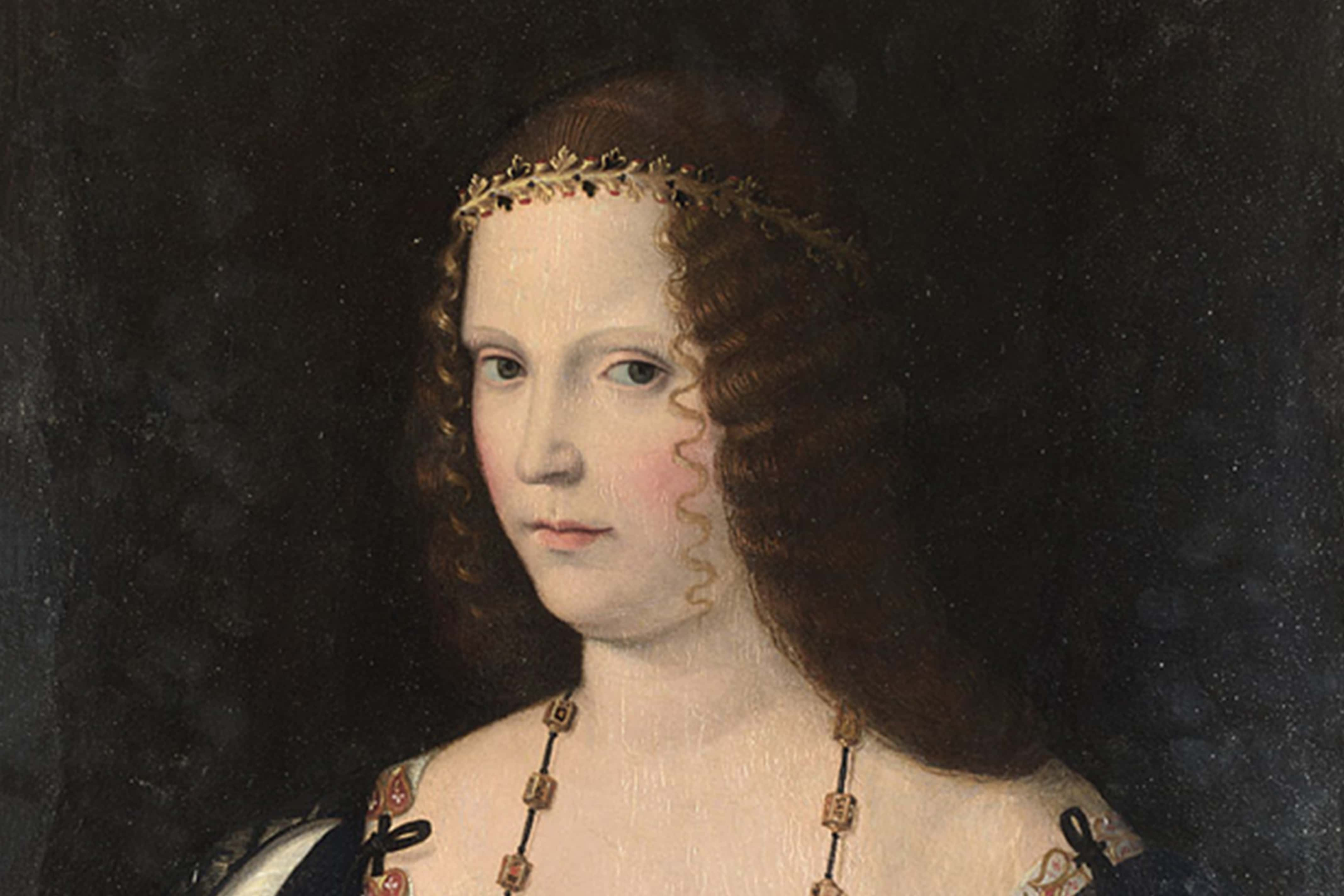 Bartolomeo Veneto, Wikimedia Commons
Bartolomeo Veneto, Wikimedia Commons
20. A Little Knowledge Is a Dangerous Thing
Little Lucrezia was given the best Humanist education available at the time, but this was actually incredibly scandalous. Girls of her era were usually dependent on convents to give them their education, and the nuns would generally emphasize piety and godly obedience. Lucrezia's schooling in language, poetry, and oration was considered radical and even degenerate.
21. Who Run the World?
Whatever her contemporaries thought, Lucrezia's education turned her into a powerhouse. She was an excellent administrator as an adult and, thanks in part to her family's deep-rooted nepotism, she reigned as the Governor of Spoleto all on her own. This lofty position had previously only been granted to (male) cardinals of the Church.
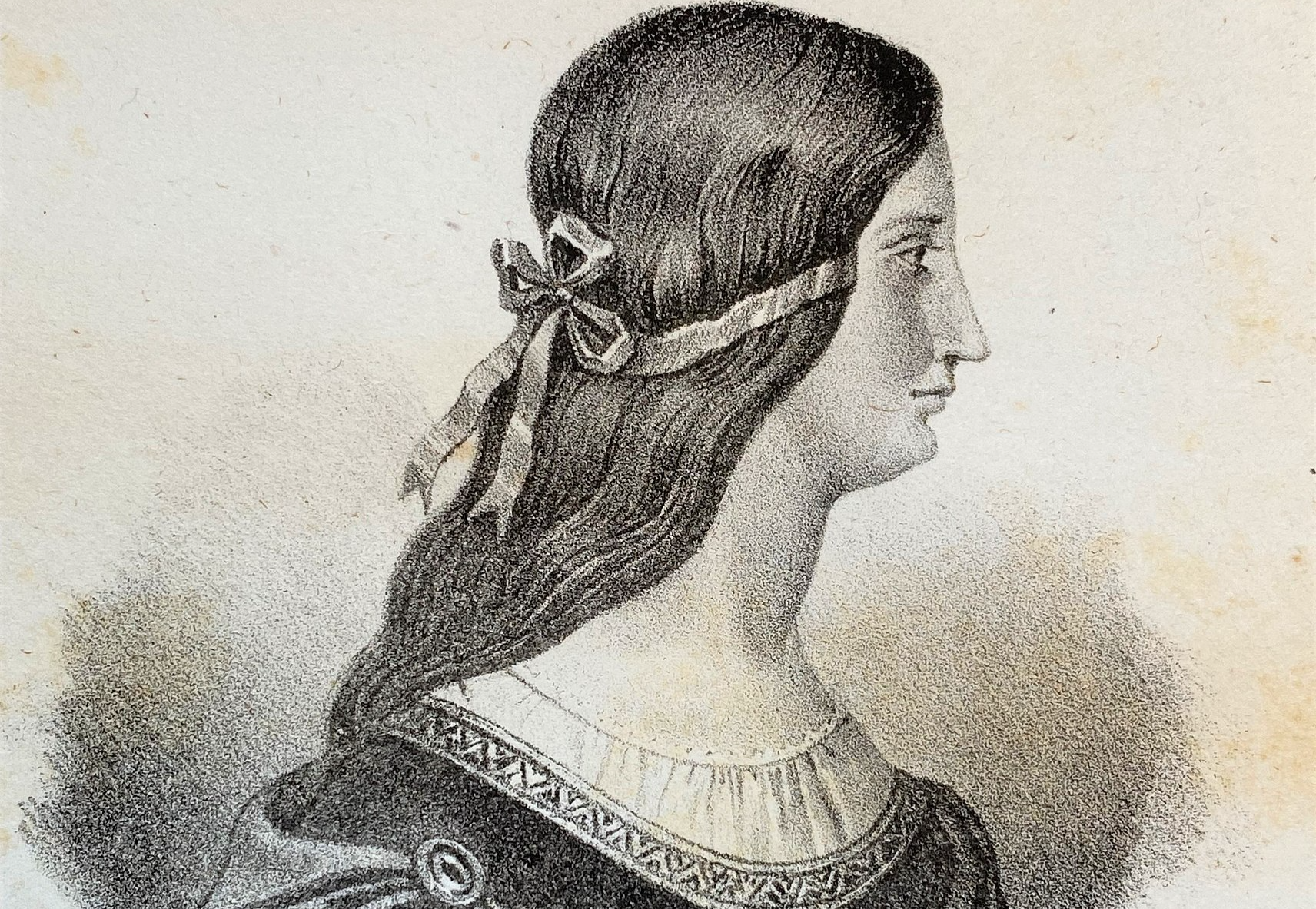 P. Berlotti & Laure Junot Abrantès, Wikimedia Commons
P. Berlotti & Laure Junot Abrantès, Wikimedia Commons
22. Pick Your Poison
Though Cesare preferred blood and beatings, Lucrezia's weapon of choice was reportedly poison. Some said that one of her favorite rings was actually hollowed out in the middle, and that she used it to slip a little poison into the drinks of unsuspecting guests. These reports are unsubstantiated, of course.
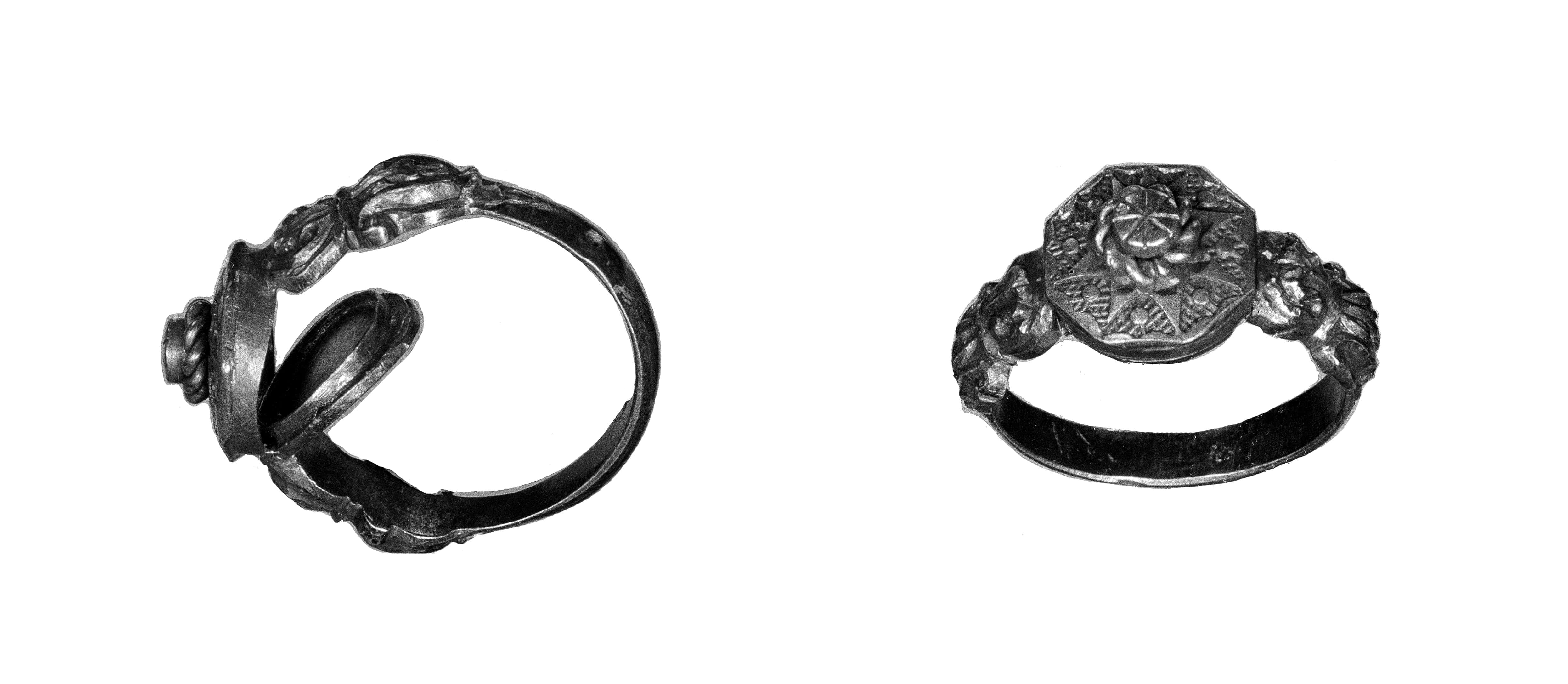 Wellcome Collection, CC BY 4.0, Wikimedia Commons
Wellcome Collection, CC BY 4.0, Wikimedia Commons
23. Third Time's the Charm
As a (very) young, eligible bachelorette, Lucrezia's family spent a lot of time finding her the right first husband. Her first "matrimonial arrangement" never left the bureaucratic stages, and her father Rodrigo called it off after only two months. Her next arrangement was also canceled after Rodrigo became Pope and Lucrezia's prospects moved up even further in the world.
Finally, in 1493, the Borgias found a perfect match for their little 13-year-old girl: Giovanni Sforza. He was a Count and an illegitimate son of their powerful rivals in the Sforza clan. It was not true love, and it had a tragic end.
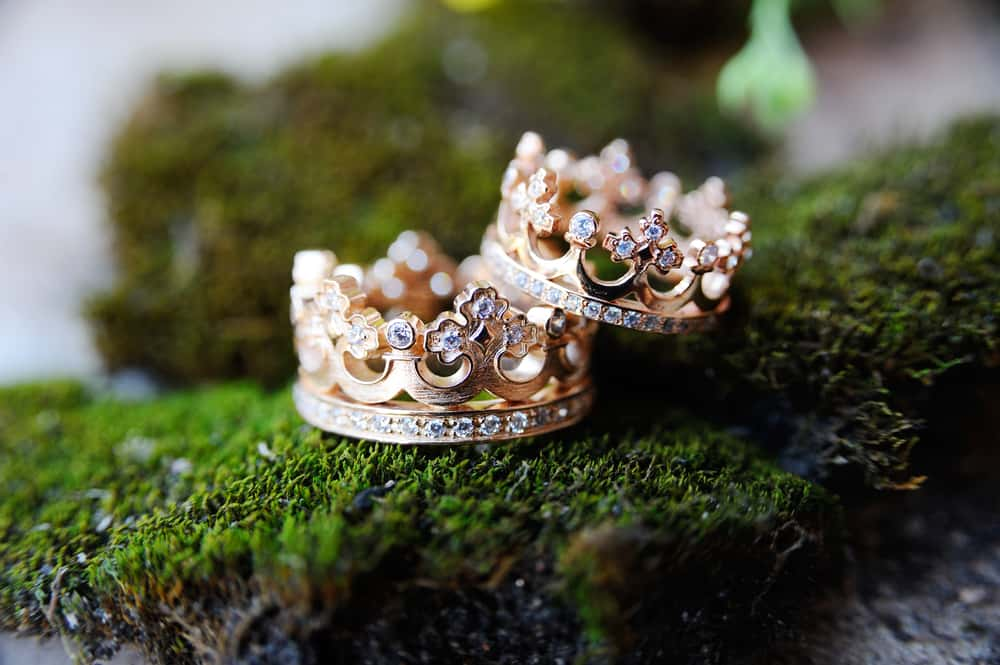 Evgeniy Kalinovskiy, Shutterstock
Evgeniy Kalinovskiy, Shutterstock
24. Every Family Has Them...
The Borgias stuck together, but that didn't mean there weren't bloody secrets and plots within the family. In fact, Lucrezia's brother Cesare reportedly once tried (and failed) to assassinate his own brother-in-law, Giovanni Sforza. Apparently, Cesare grew unhappy once the marriage wasn't so politically useful for the family anymore.
Eventually, Giovanni fled to Rome to escape the seemingly imminent attack, and the Borgias pressured him into an annulment instead.
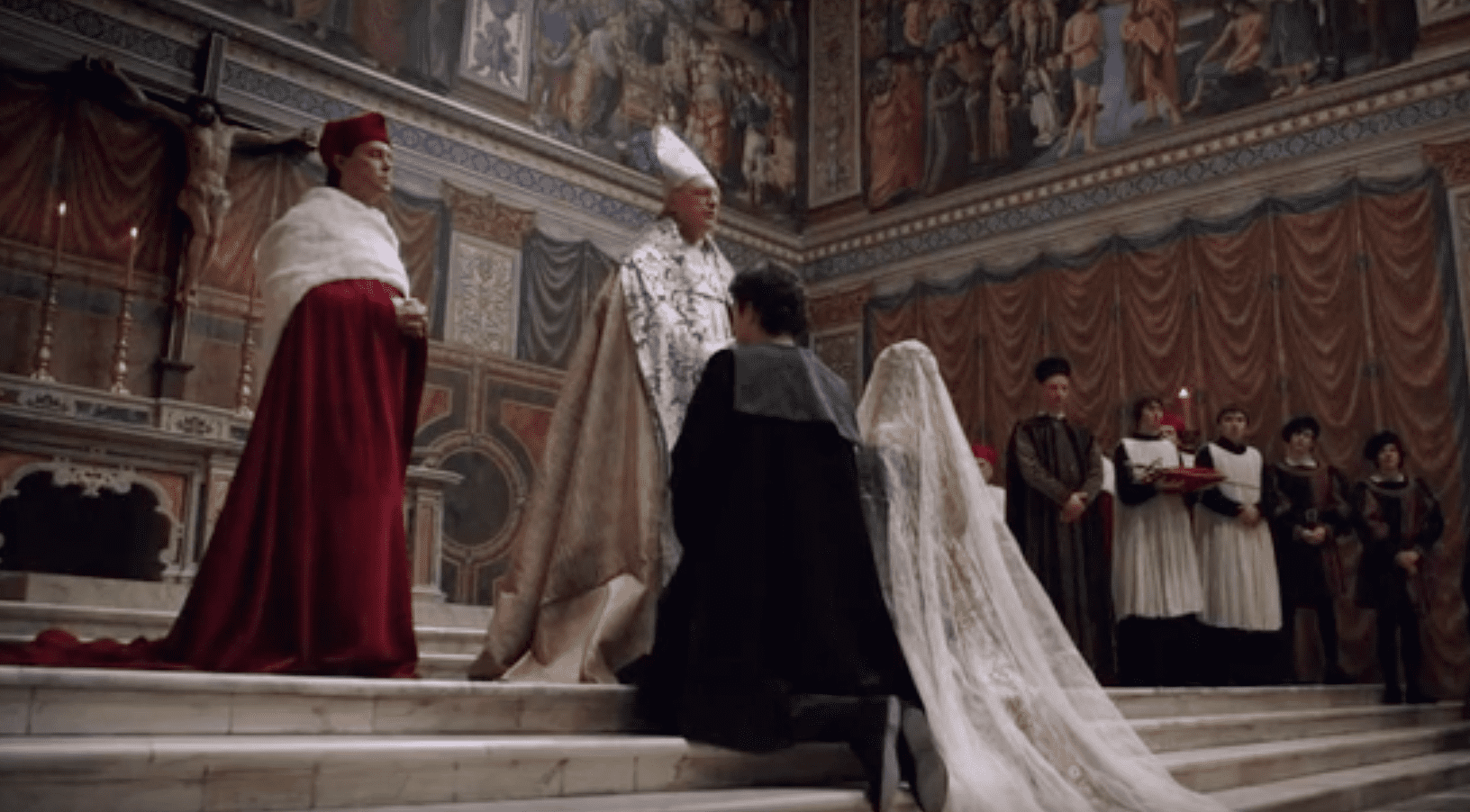 Atlantique, Borgia (2011-2014)
Atlantique, Borgia (2011-2014)
25. Baby Mama Drama
During the long process of annulling her marriage to Giovanni, some say Lucrezia started having an affair with a handsome man named Pedro Calderon—and that she may have had a secret, illicit love child with him. Though there is little proof, she did suspiciously enter a convent, a common move of pregnant women who wanted to have their babies in a cloister to hide their "sin."
Regardless of the truth, the story gets even more scandalous. Around this time, Pedro Calderon's body was found in the Tiber river along with a chambermaid. It does sound like somebody was tying up loose ends...
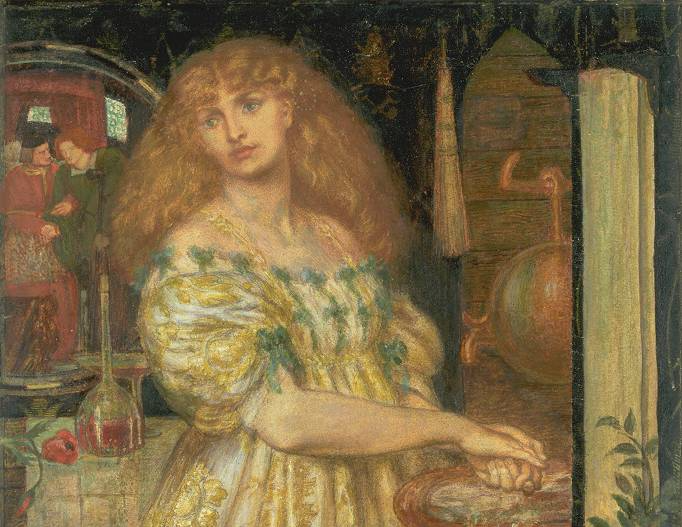 Dante Gabriel Rossetti, Wikimedia Commons
Dante Gabriel Rossetti, Wikimedia Commons
26. The Second Husbands Club
With Giovanni Sforza behind her, Lucrezia was single and ready to join herself to another political alliance. Her family quickly married her off to Duke Alfonso of Aragon in 1498, even as the ink was still drying on her annulment. As it turned out, this second marriage was even shorter than her union with Sforza—and ten times more violent.
 NicholasDeloitteMedia, Pixabay
NicholasDeloitteMedia, Pixabay
27. Quicker Than a Divorce
In July 1500, just as Alfonso's use to the Borgia family was also waning, a horrific and unforgivable crime took place. On the top steps of St. Peter's Basilica in Vatican City, hired killers attacked Alfonso and stabbed him multiple times.
Miraculously, he survived the initial ambush, but as he was recovering a few days later, another group of armed men burst into his room and strangled the invalid to death. After the dust settled, many whispered that Cesare Borgia was once more behind the hit. After all, Lucrezia was now free to make another advantageous marriage.
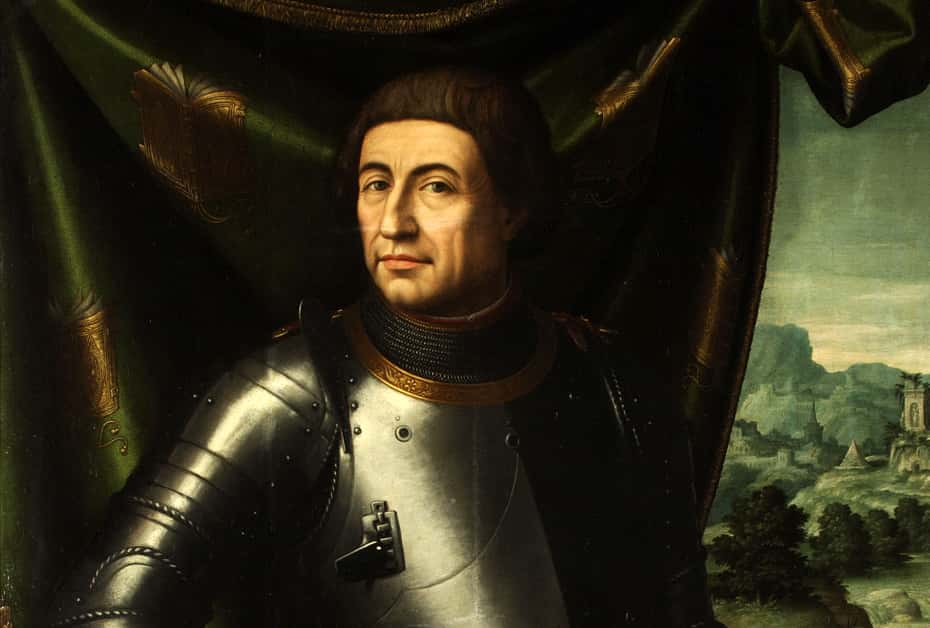 Juan de Juanes, Wikimedia Commons
Juan de Juanes, Wikimedia Commons
28. My First Duchess
In 1502, Lucrezia finally found her one and only—or at least a man who was useful enough to her family in the long term that they didn't have him brutally murdered shortly after the marriage. That year, she married Alfonso I d'Este, the Duke of Ferrara.
Lucrezia gave birth to eight children during their union, and enjoyed the life of a Duchess.
29. The Winner Takes It All
During this time, Lucrezia tried to shake off the dark reputation that had followed her family for decades. After the death of her father Rodrigo and her brother Cesare—tragedies that hastened the fall of the Borgia clan—Lucrezia still somehow managed to maintain a lavish, cushy position in aristocratic Italian society.
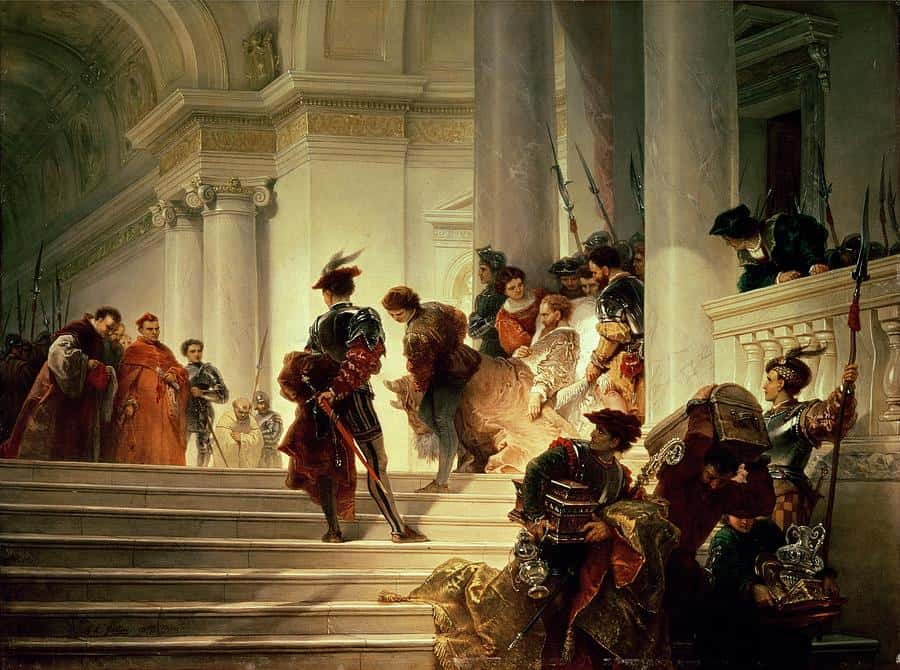 Giuseppe Lorenzo Gatteri, Wikimedia Commons
Giuseppe Lorenzo Gatteri, Wikimedia Commons
30. Cougar on the Loose
However, Lucrezia didn't let the joys of motherhood and matrimony stop her from having a series of lusty, steamy affairs. Her most passionate tryst was with her own brother-in-law, Francesco II Gonzaga. The two wrote each other a stream of feverish letters where they spent more time praising each other's bodies than discussing any notions of true love.
31. Frenemies 101
Indeed, Lucrezia's affair with Francesco may have been motivated by revenge as much as by lust. Francesco's wife was the elegant, cultured, and intelligent Isabella d'Este, whom Lucrezia had previously tried to befriend as an intellectual equal.
When Isabella scornfully turned Lucrezia down as a pal, Lucrezia coincidentally (?) ended up in her husband's bed soon after.
32. The Poets Dreamed
One of Lucrezia's other notable affairs was with famed poet Pietro Bembo. Unlike her animalistic letters to Franceso, the love letters the two exchanged are legendarily moving. In one, the poet writes, "Often I find myself recalling, and with what ease, certain words spoken to me, some on the balcony with the moon as witness."
The poet Lord Byron later called them "The prettiest love letters in the world."
33. No Parent Should Survive Their Child
In the end, the Borgia matriach Vannozza dei Cattanei managed to outlive all her sons. Only her Lucrezia would live long enough to bury Vannozza after her death in November 1518.
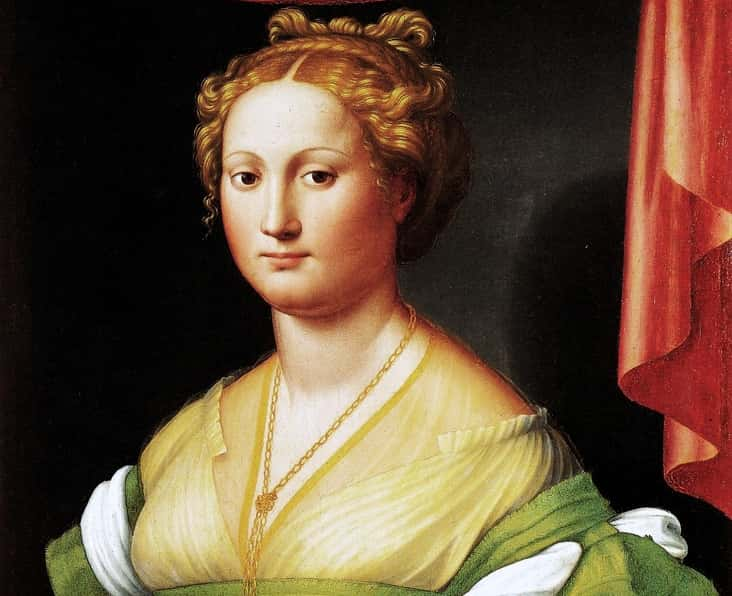 Innocenzo di Pietro Francucci da Imola, Wikimedia Commons
Innocenzo di Pietro Francucci da Imola, Wikimedia Commons
34. A Mother's Worst Nightmare
Though Lucrezia had many children with the Duke of Ferrara, she often suffered miscarriages, even once giving birth to a stillborn child.
35. A Close Call
In 1519, Lucrezia was pregnant again, and gave birth to a living little girl named Isabella that June. But the child was sickly, and her parents were terrified that she would die unbaptized. Luckily, Alfonso got her blessed as soon as possible before the baby died. Yet sadly, even more tragedy was lurking.
36. Rest in Peace
The 39-year-old Lucrezia had been dangerously unhealthy throughout her late-in-life pregnancy, and she became very ill after the birth. Alfonso tried to nurse his wife back to health, and after two days of recovery, she seemed to be doing better. It was a false hope. Lucrezia Borgia died just 10 days after little Isabella on June 24th.
37. She Had a Type
The baby of the Borgia family was Gioffre, but they made sure to take good care of him. In 1494, daddy Rodrigo arranged to marry Gioffre to the beautiful and powerful Princess Sancha of Aragon, who was the daughter of the King of Naples. It might have been a match made in heaven—except it was an absolute living nightmare.
Seductive Sancha allegedly had affairs with both of Gioffre's brothers, Cesare and Giovanni.
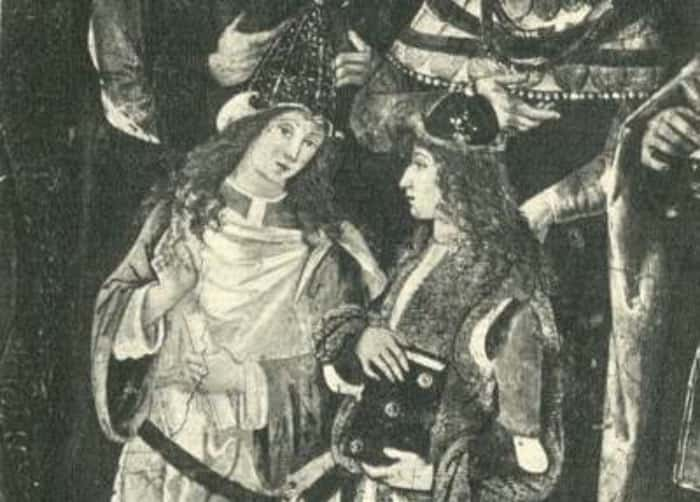 Unknown Author, Wikimedia Commons
Unknown Author, Wikimedia Commons
38. O Brother, Who Killed Thou?
On June 14, 1497, a tragedy and an enduring mystery struck the Borgia clan. On this date, Giovanni Borgia was brutally murdered under suspicious and vastly uncertain circumstances. He was last seen with Cesare and the rest of his siblings in their mother’s home. When Giovanni left the house, he was never seen alive again.
Instead, in the dawn light of the next morning, Giovanni's horse returned home riderless. His body was later found in the Tiber river with his throat slit and nine stab wounds in his chest.
39. Father Knows Best
In the aftermath of his son's murder, patriarch Rodrigo Borgia was devastated, and he insisted on a thorough investigation. However, just a week into the case, he suddenly called the whole thing off.
40. Keeping It in the Family
The reasons behind Rodrigo's decision will always be a mystery, as will the answers to Giovanni's death. However, we do have some clues. Both Giovanni's brothers are suspects in his murder. Giovanni was taking on more responsibility and power in the family, which may have sent Cesare into a jealous rage. As for Gioffre? Well, Giovanni was having an affair with his wife.
Given these circumstances, perhaps Rodrigo wanted to avoid pointing the finger at his own beloved sons.
41. Haters Gonna Hate
It was a little ironic to some that two of the Borgias would become Pope, and multiple others cardinals. According to several rumors, the Borgias were in fact Jewish. Still, this was probably just hateful gossip talking.
42. Caught in a Lie
The Borgias didn’t exactly help these rumors, however. Several dubious claims cloud their geneaology. Perhaps the worst one was their claim to be linked to a man who, in fact, had no children.
43. Rivalries
Politically ambitious and not above lies and treachery, it wasn’t long before the Borgias ran afoul of Italy’s other noble families. These included the Medici, as well as the della Rovere and Sforza families. These movers and shakers of Renaissance Italy were constantly vying with—and killing—each other just to gain another small shred of power, and the Borgia ascendancy soon turned to a gradual descent for the family.
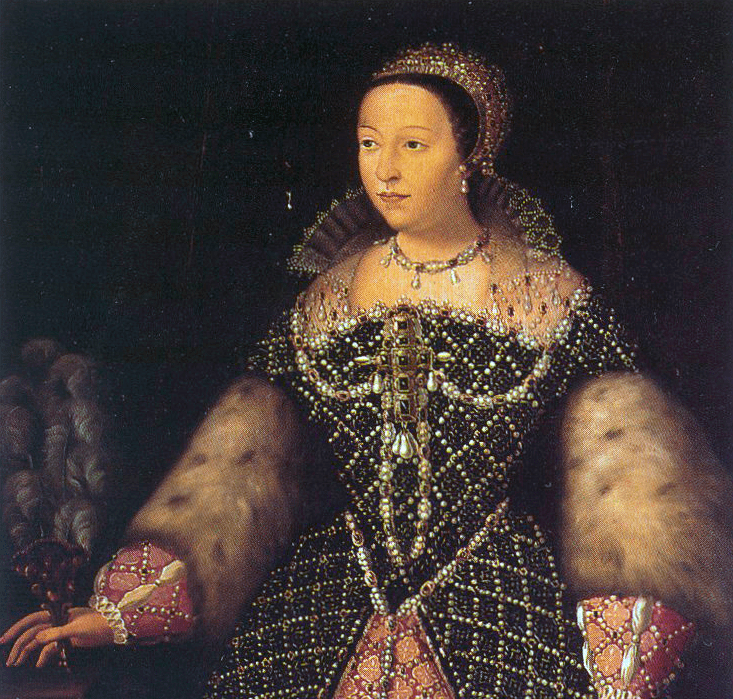 Germain Le Mannier, Wikimedia Commons
Germain Le Mannier, Wikimedia Commons
44. Media Stars
The Borgias remain fixed in our cultural memory. They have appeared as characters in dozens—if not hundreds—of novels, films, television programs, and comic books. They even have a prominent place in the Assassin’s Creed video games—bet the first Borgias never saw that coming, no matter how lofty their ambitions were.
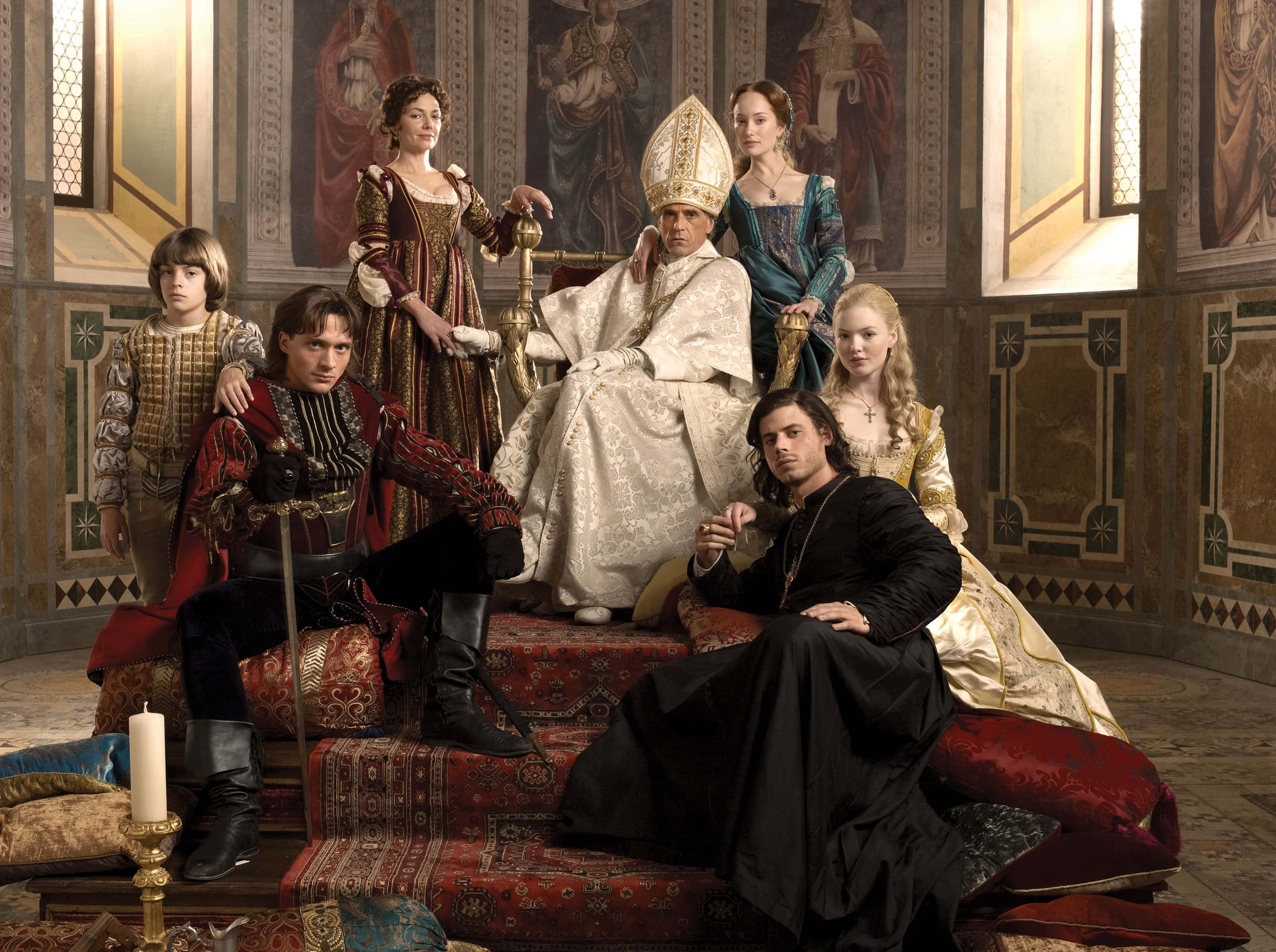 Claudio Russeau, CC BY-SA 4.0, Wikimedia Commons
Claudio Russeau, CC BY-SA 4.0, Wikimedia Commons
45. Patron of the Arts
The Borgias were well-connected among the artists of the Renaissance, and they had good taste. Cesare Borgia even hired the genius Leonardo da Vinci to be his military architect and engineer in 1502. While under Cesare’s employ, da Vinci had total freedom to inspect and direct any construction project in any lands under Cesare’s control.
46. Image Problems
The Borgias' reputation for evil and deception survived long after their influence declined. In 1893, the artist John Collier painted Cesare, Lucrezia, and their father seated around a banquet table. Cesare offers a cup of wine to an unknown young man who refuses—wisely perhaps, given the Borgias' supposed penchant for poison.
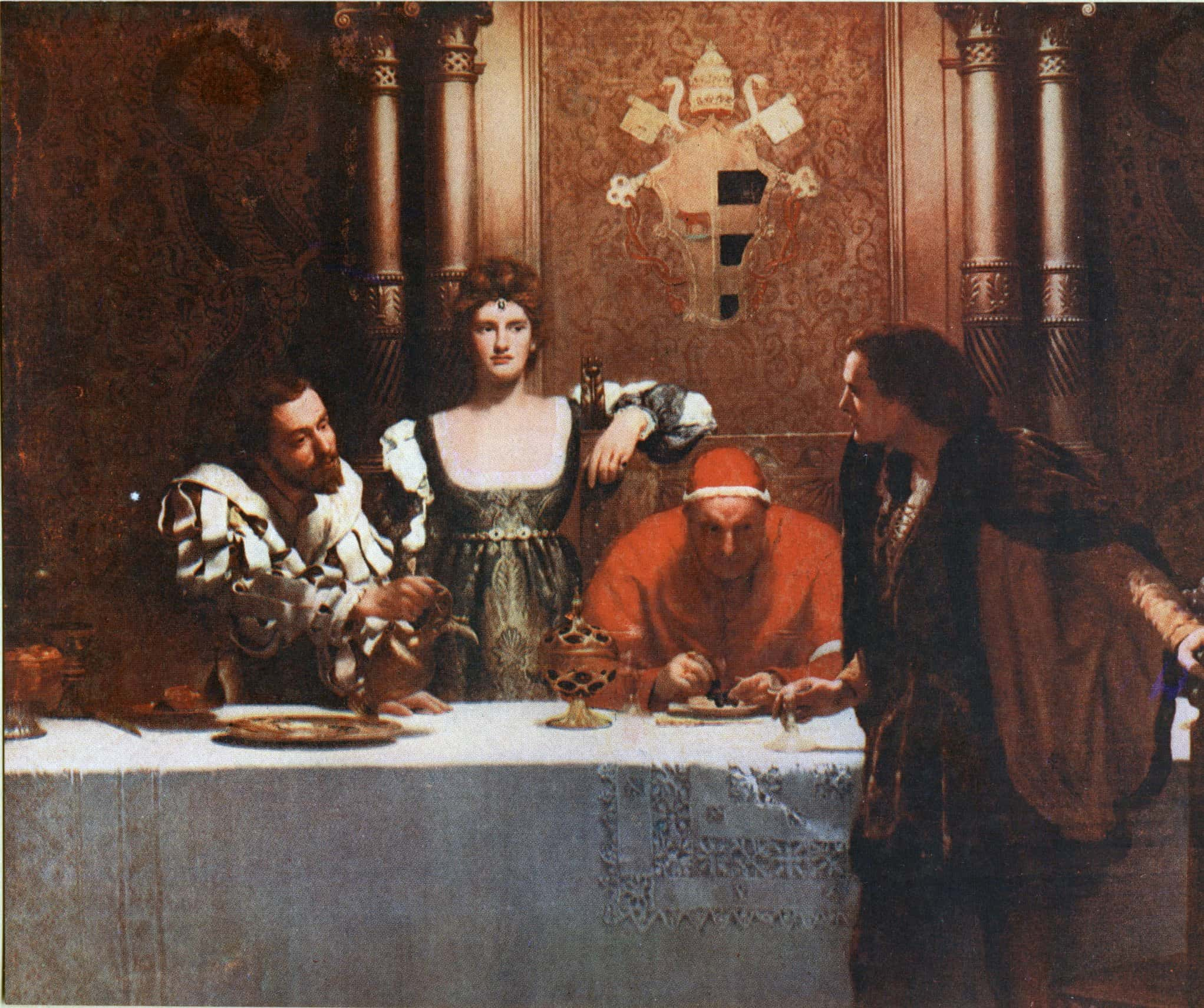 John Collier, Wikimedia Commons
John Collier, Wikimedia Commons
47. Unfair Image
While there are certainly enough stories to paint the Borgias as great villains of history, there are some who argue their reputation isn’t entirely fair. Modern historians now point out that many of the stories surrounding the Borgias come from a small handful of contemporary chroniclers and the Borgias’ many enemies. Still, it's pretty hard to make some of this up completely, and where there's smoke, there's fire.
48. Where's My Invite?
The Borgias were notorious for their hedonism, decadence, and even their penchant for orgies, but one of their bacchanals was so depraved, it went down in history. The "Banquet of Chestnuts" took place in October 1501 at Cesare Borgia's chambers in the heart of the Vatican—but there wasn't much praying going on that night.
One diarist claimed there were 50 "paid" women in attendance, and that the gala boasted not only a massive feast but also a salacious bedroom marathon. The holy Pope himself, Rodrigo Borgia, was said to be in attendance, and prizes were given to those who could "perform the act most often" with the women.
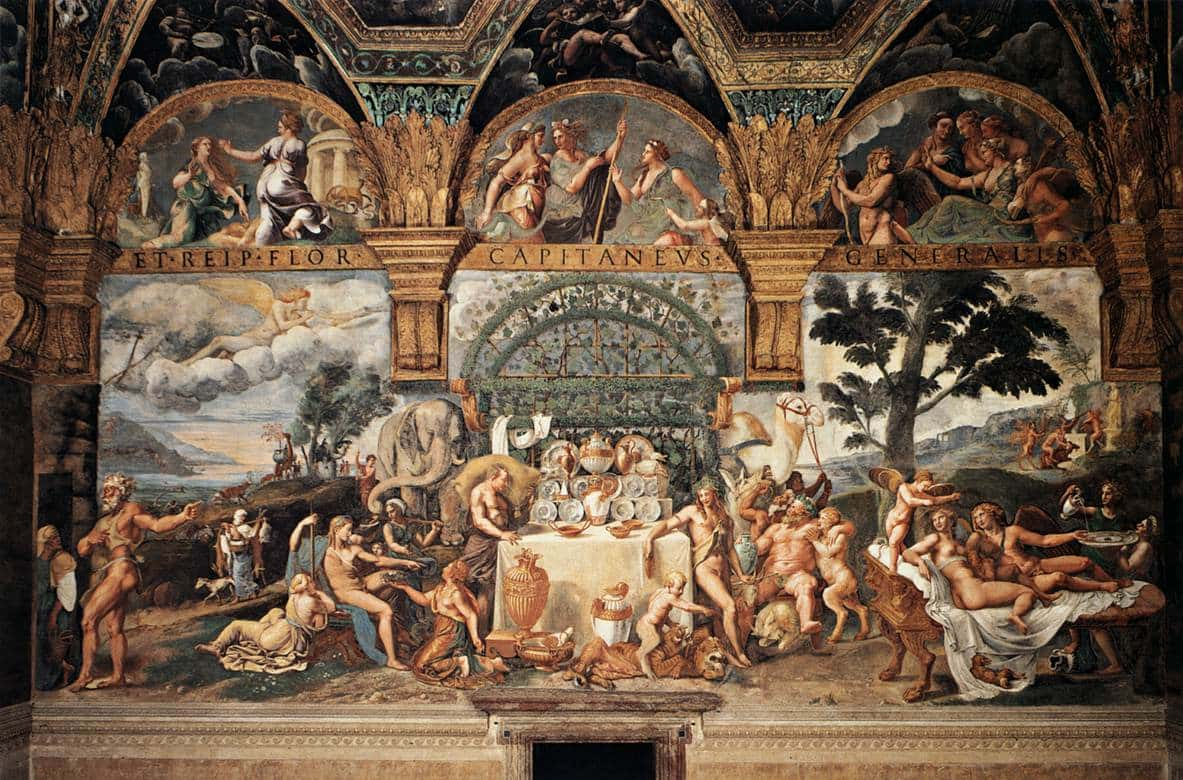 Giulio Romano, Wikimedia Commons
Giulio Romano, Wikimedia Commons
49. Kissing Siblings
For centuries now, there have been rumors that Cesare Borgia and his sister Lucrezia were actually involved in an passionate relationship with each other. However, the person who first made this claim actually went way further. Remember Lucrezia’s first, disgruntled husband Giovanni Sforza?
Before he said goodbye to his ex-wife's family, he gave them one final parting gift. He said that Pope Alexander broke up himself and Lucrezia so that he could “have the freedom to enjoy himself with his own daughter.” He was, to be fair, a very biased source, but the rumors still stand.
 Showtime, The Borgias (2011-2013)
Showtime, The Borgias (2011-2013)
50. A Borgia Always Pays His Debts
George R.R. Martin’s A Song of Ice and Fire series (also known as the inspiration for HBO’s Game of Thrones) has famously been inspired by the Wars of the Roses in England and the houses of Lancaster and York. However, a very strong case has been made that the Lannisters bear stronger similarities to the Borgia family.
Murder, incest, and military might. Yeah, that sounds like the Lannisters.
Sources: 1, 2, 3, 4, 5, 6, 7, 8, 9, 10, 11, 12, 13, 14, 15, 16, 17, 18, 19, 20, 21, 22, 23, 24

